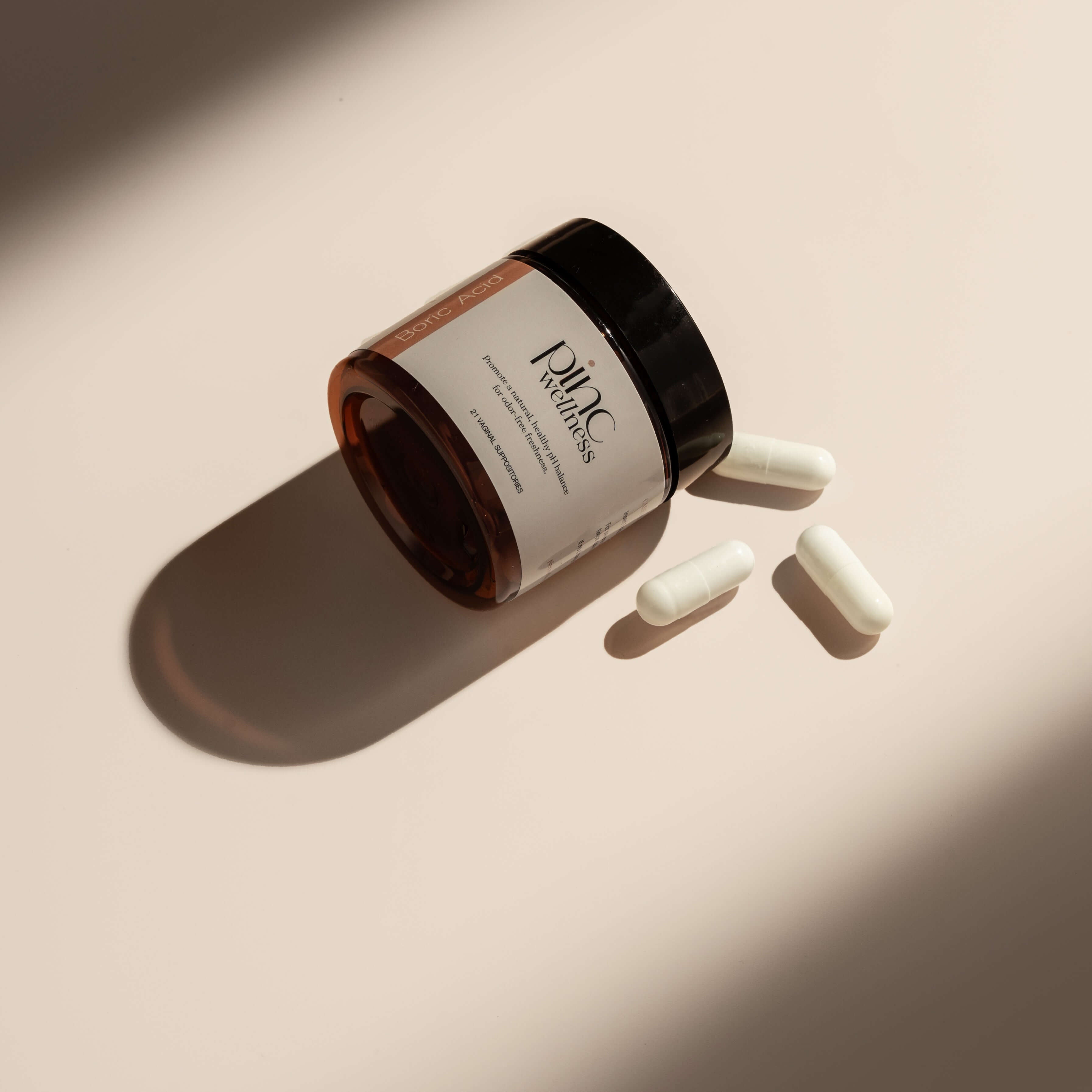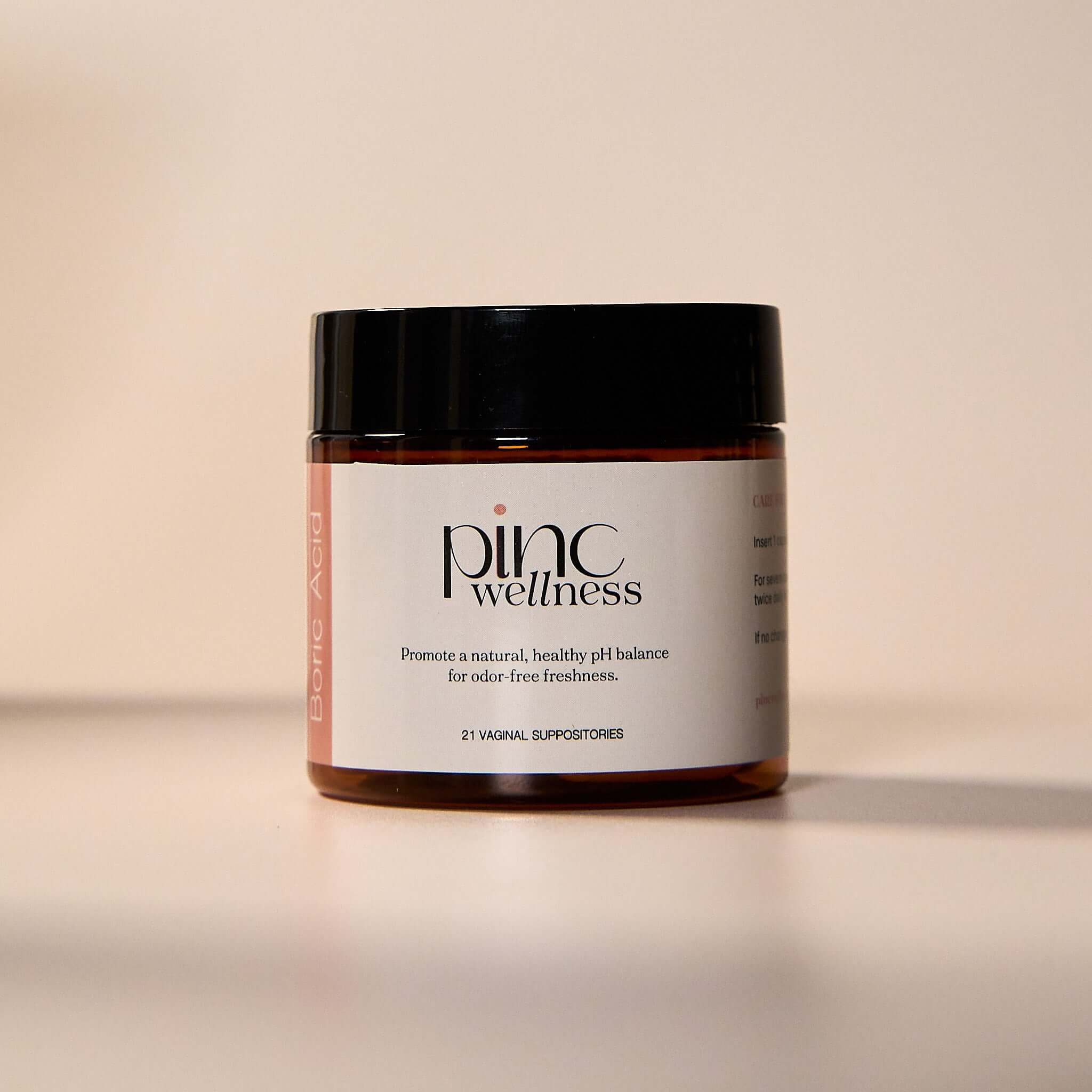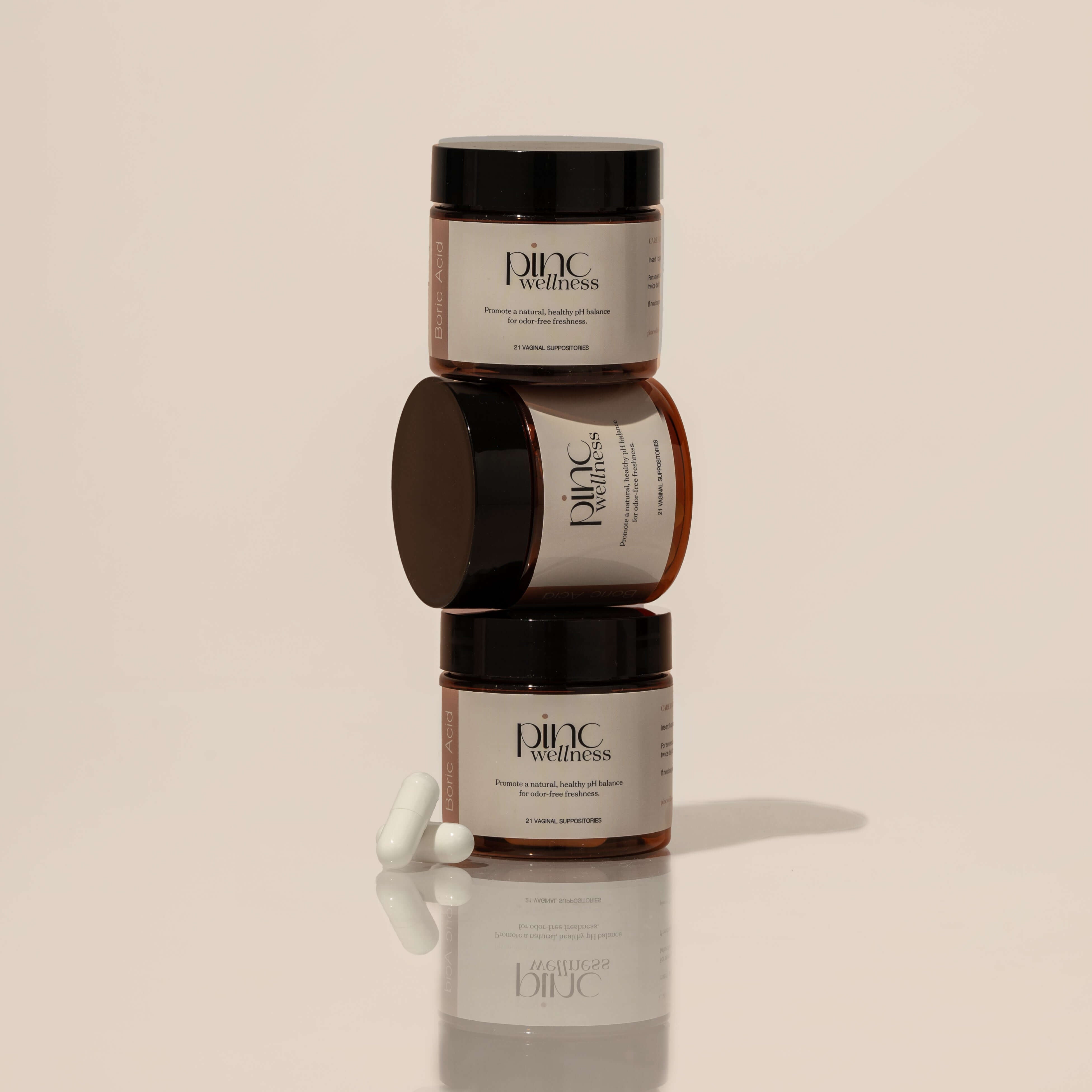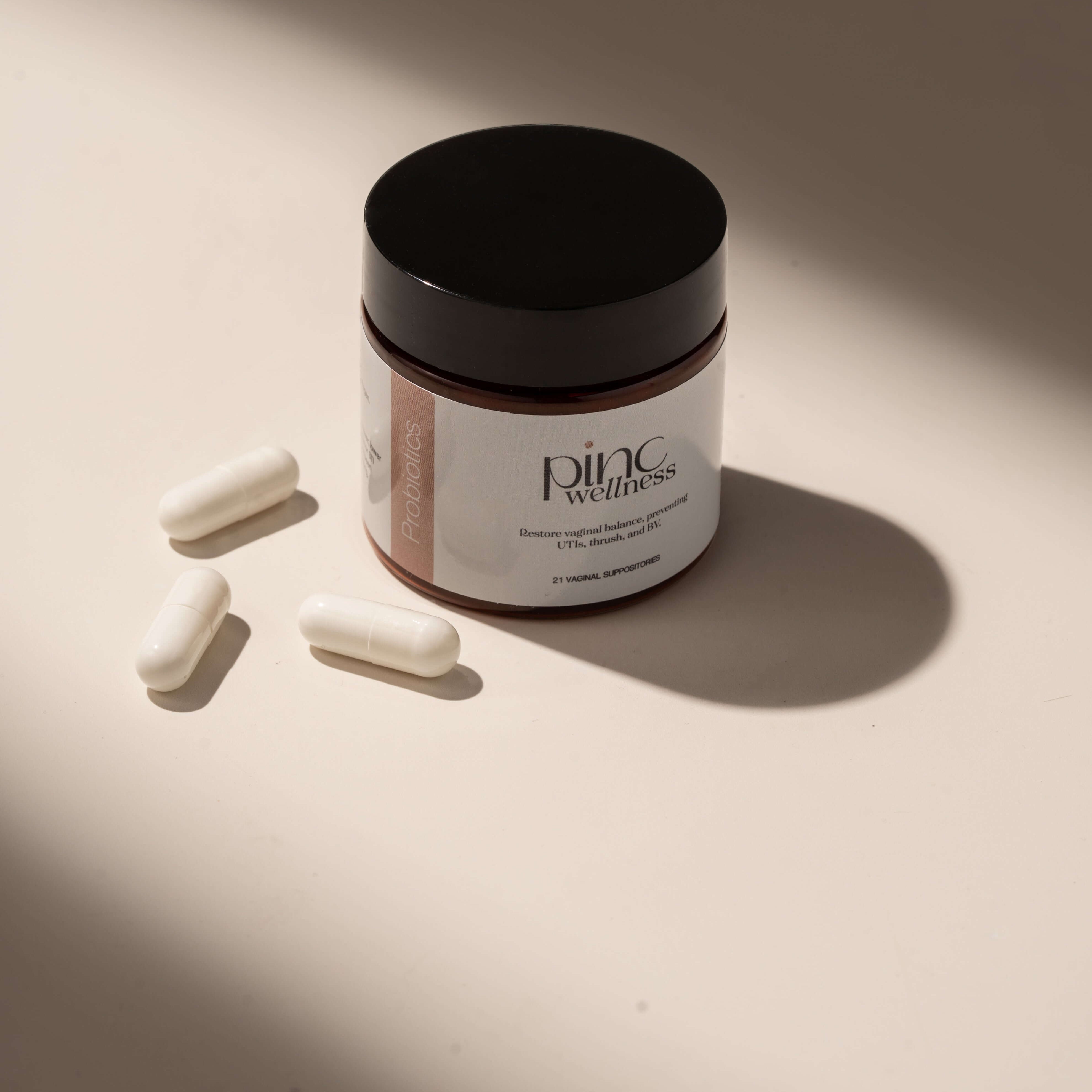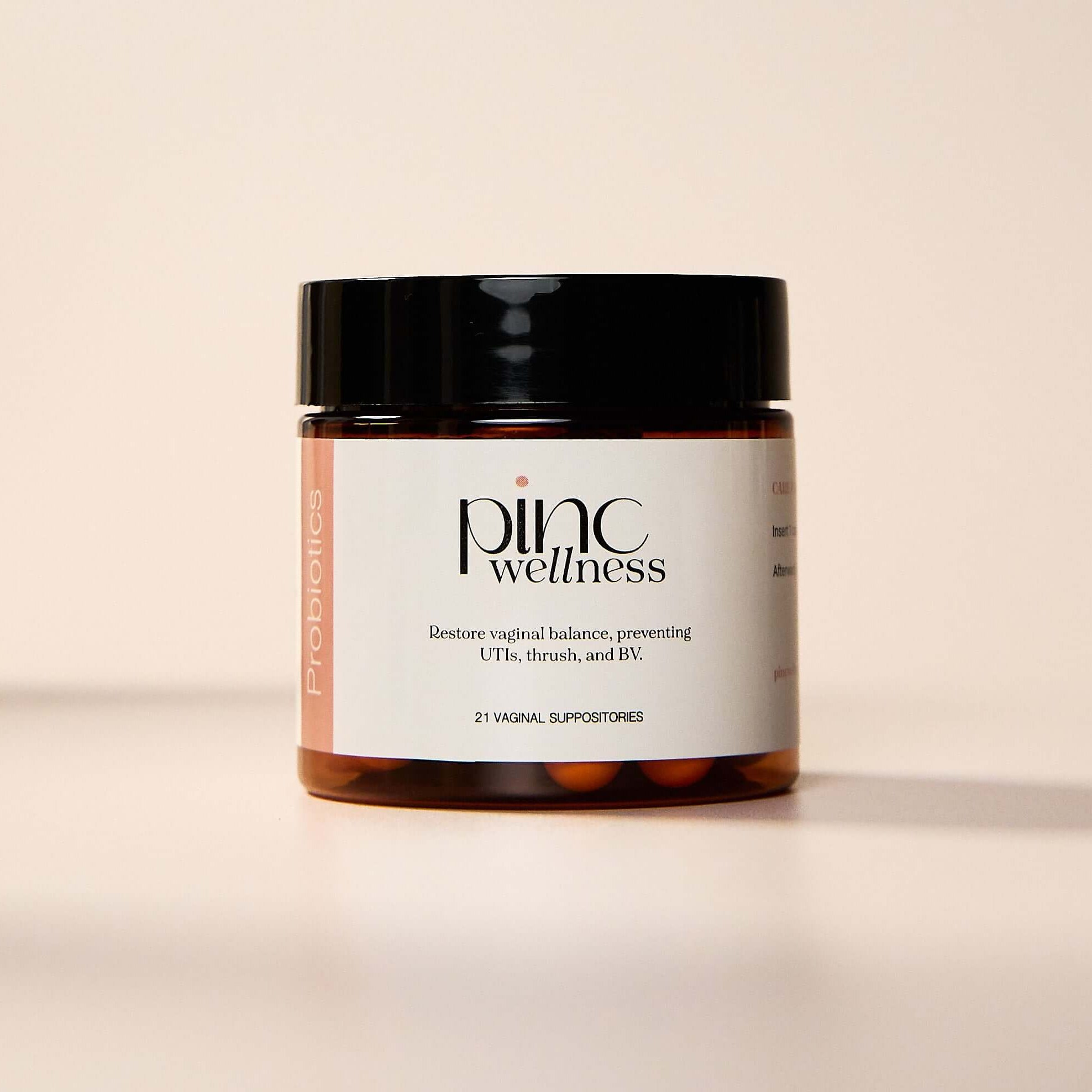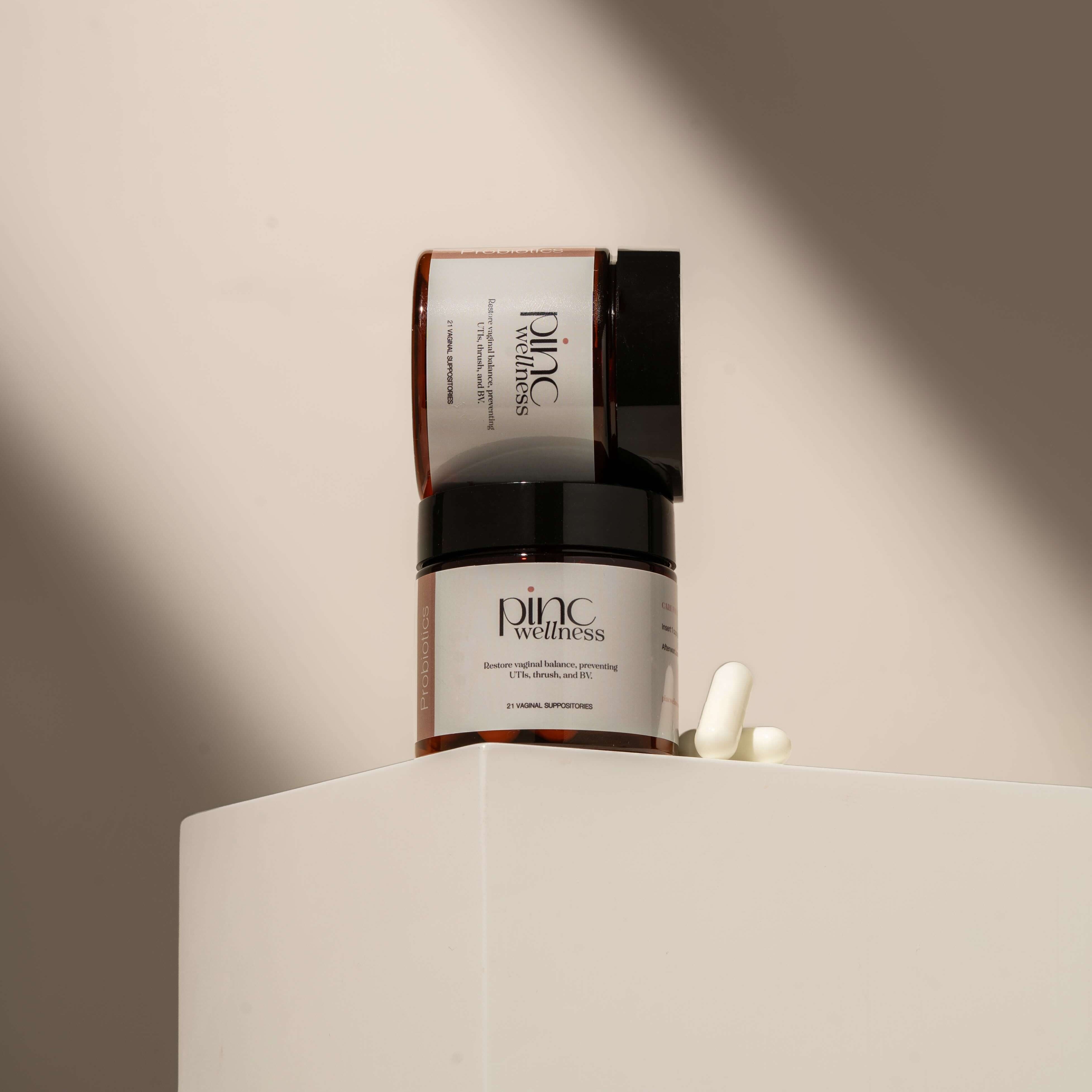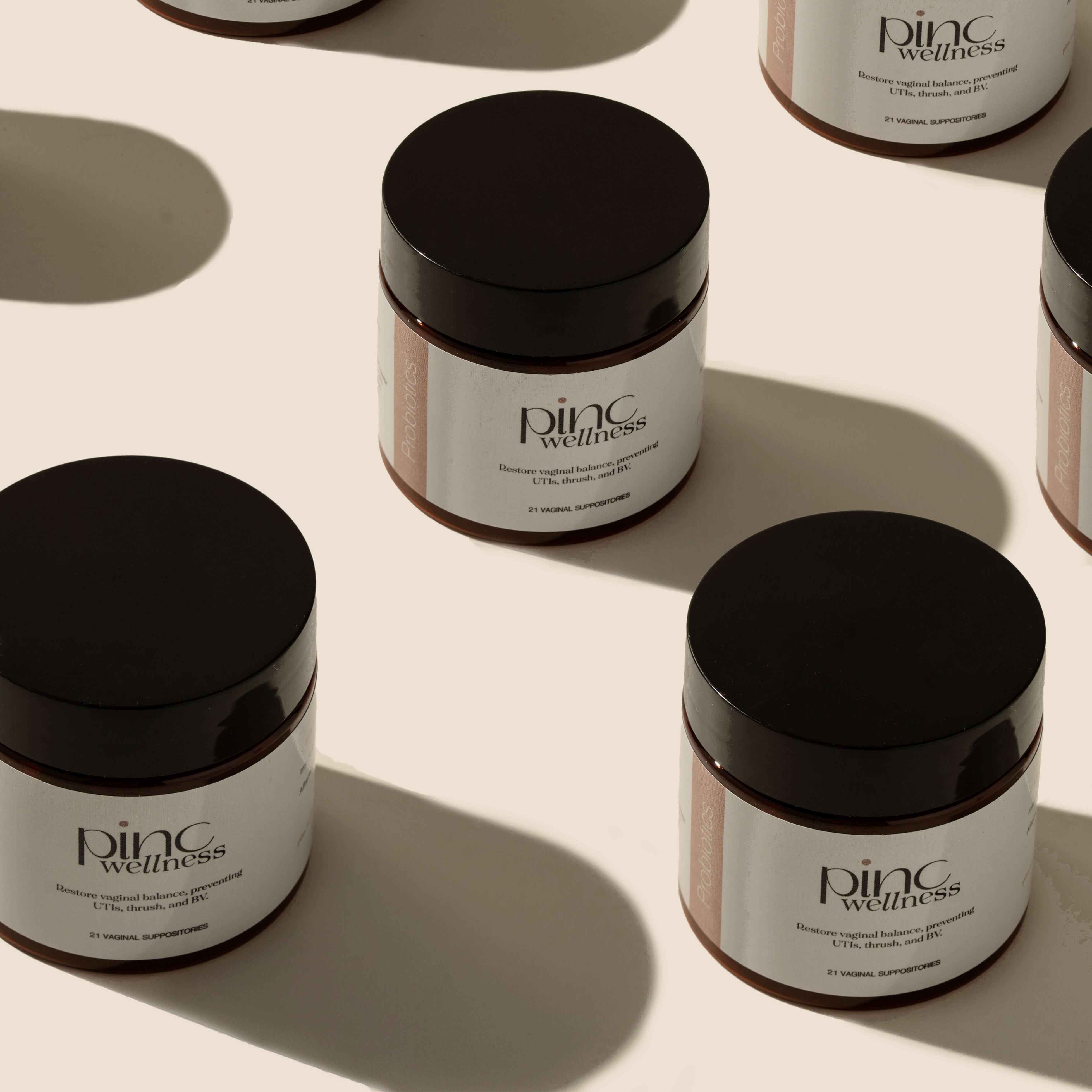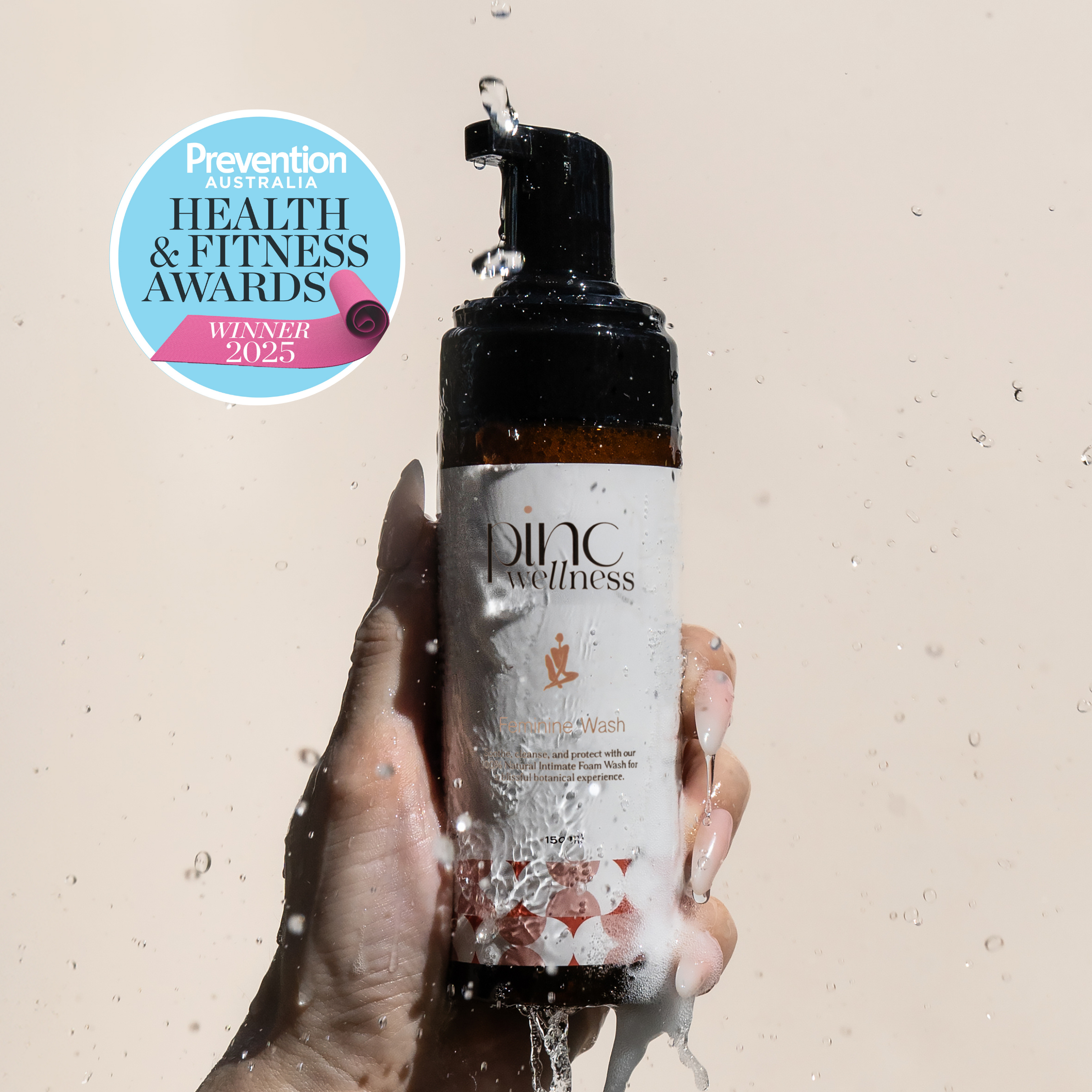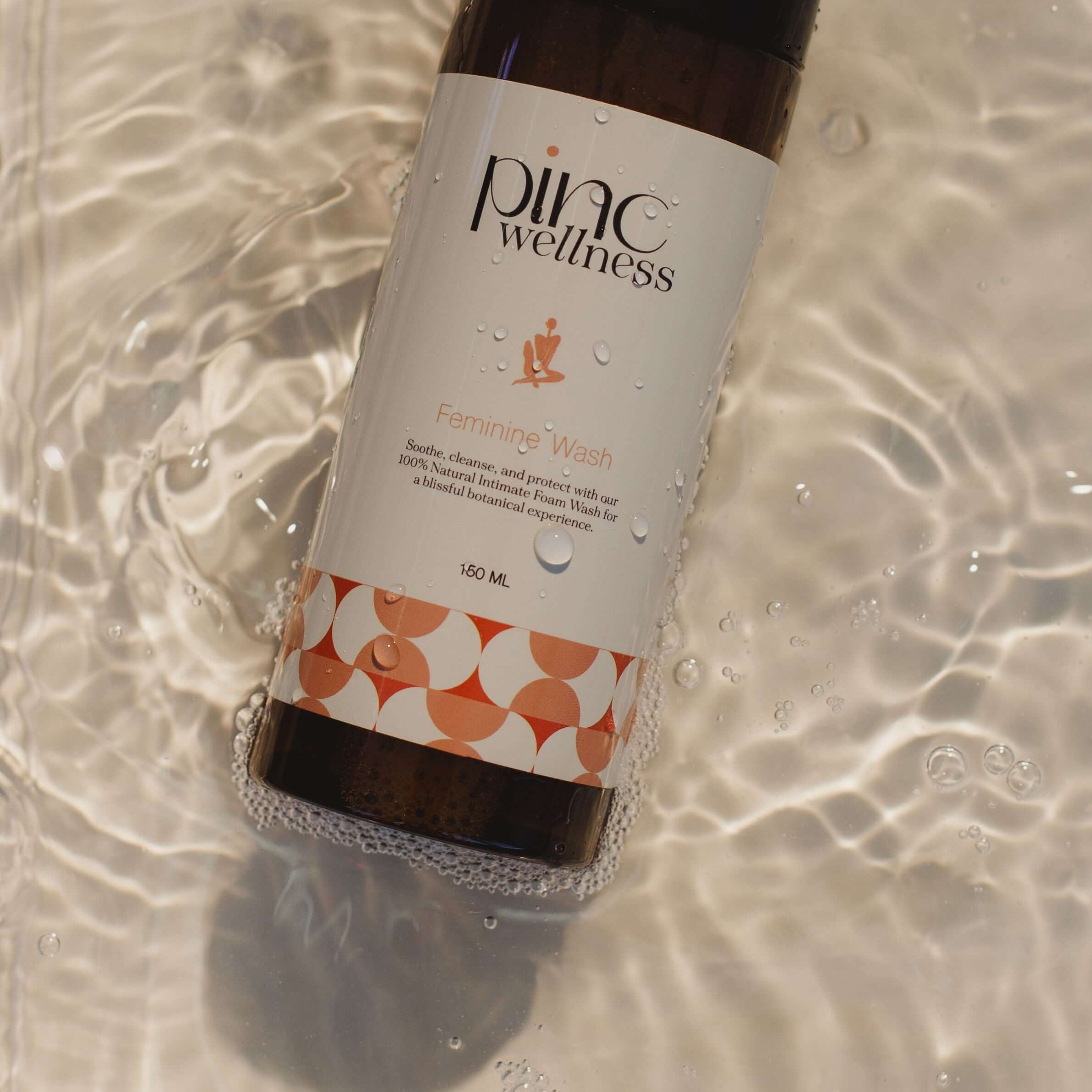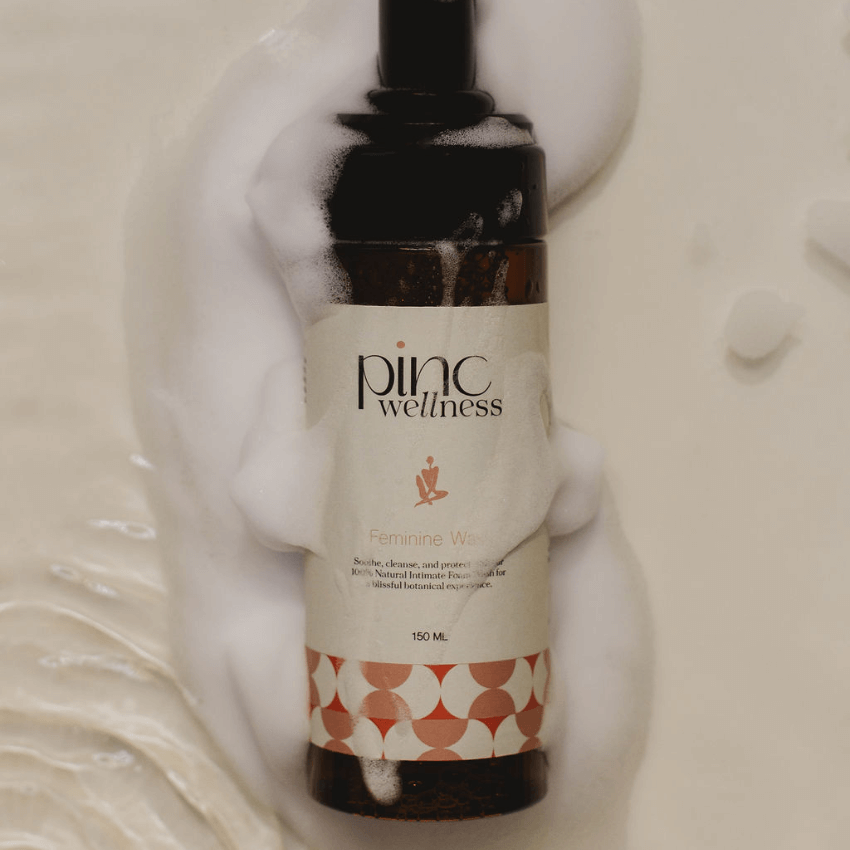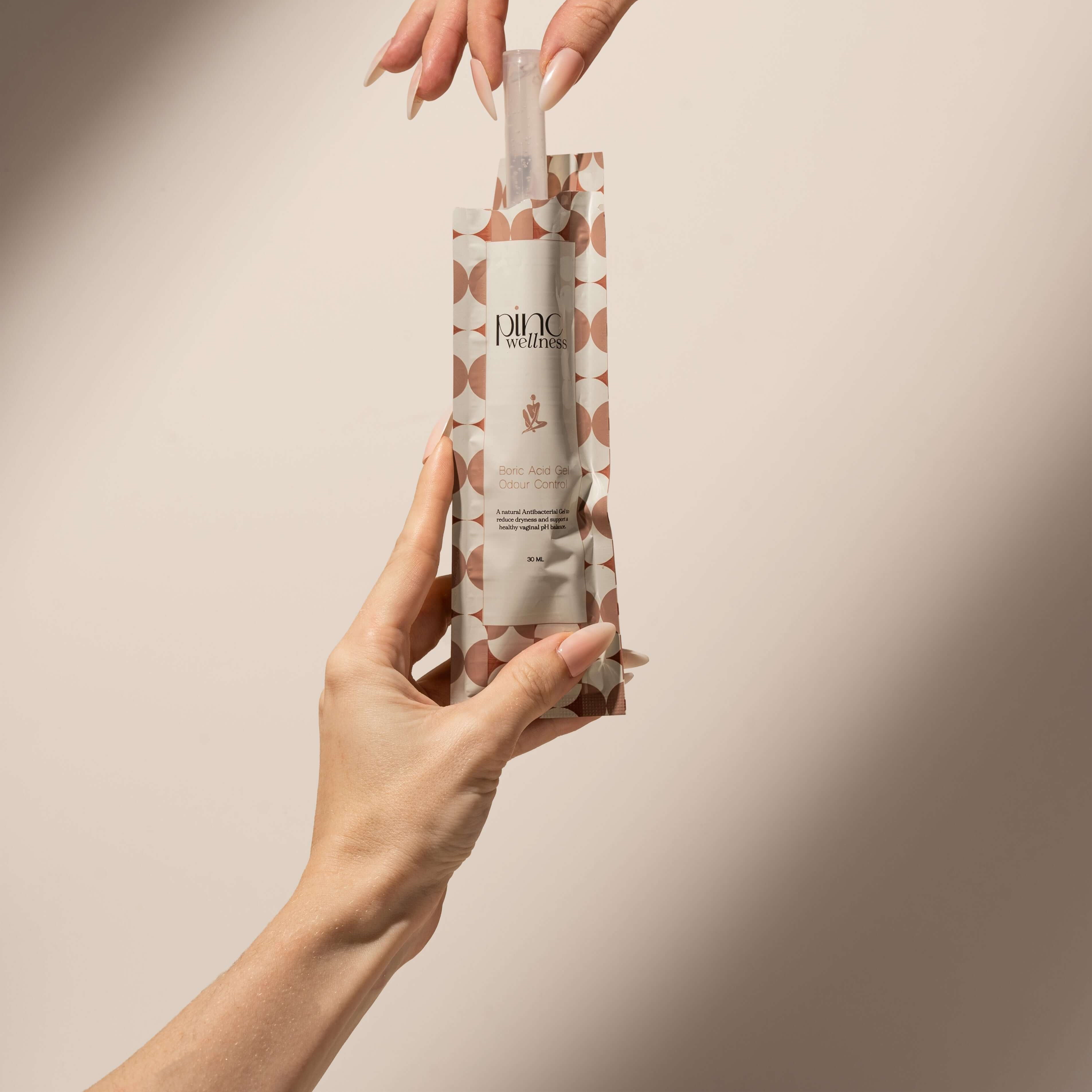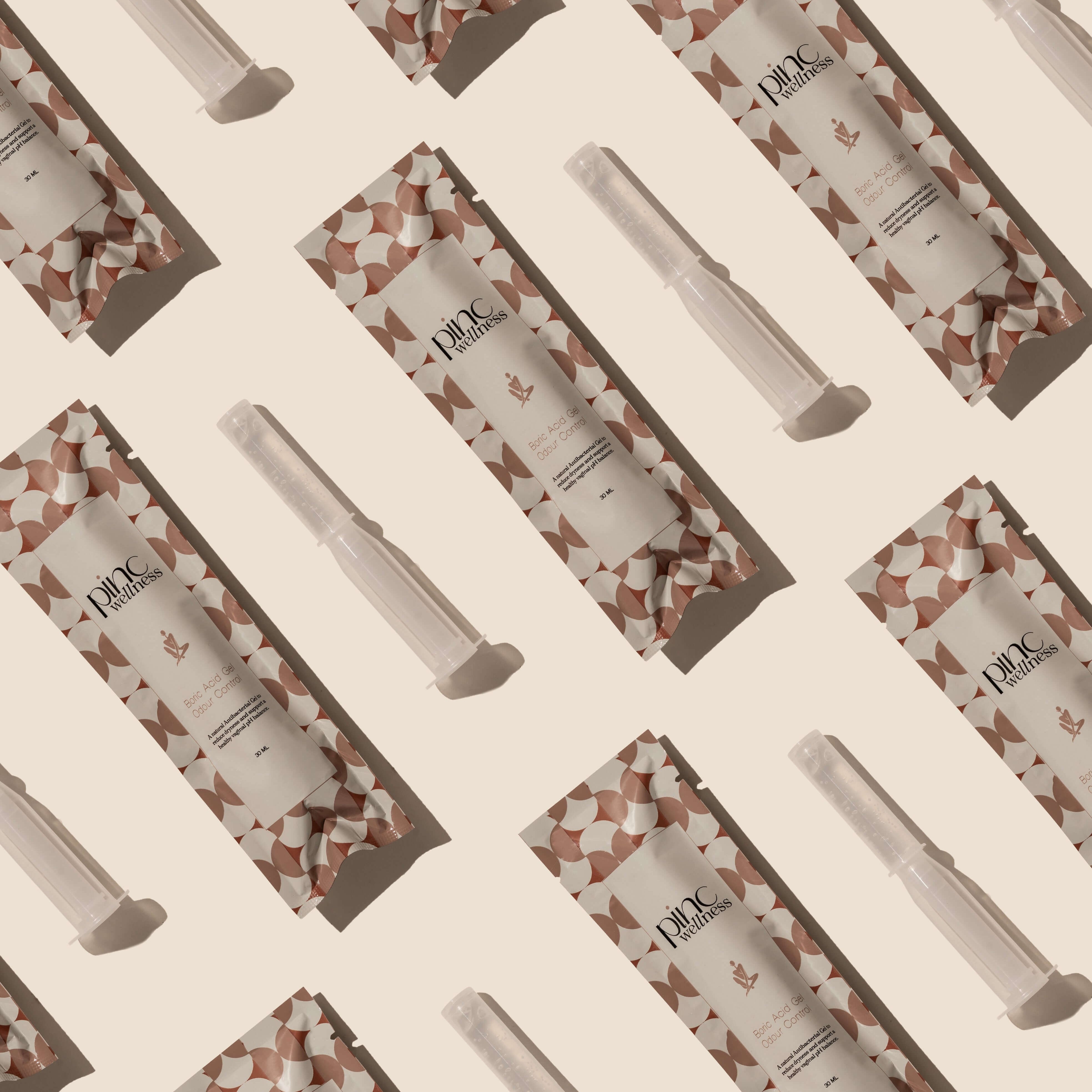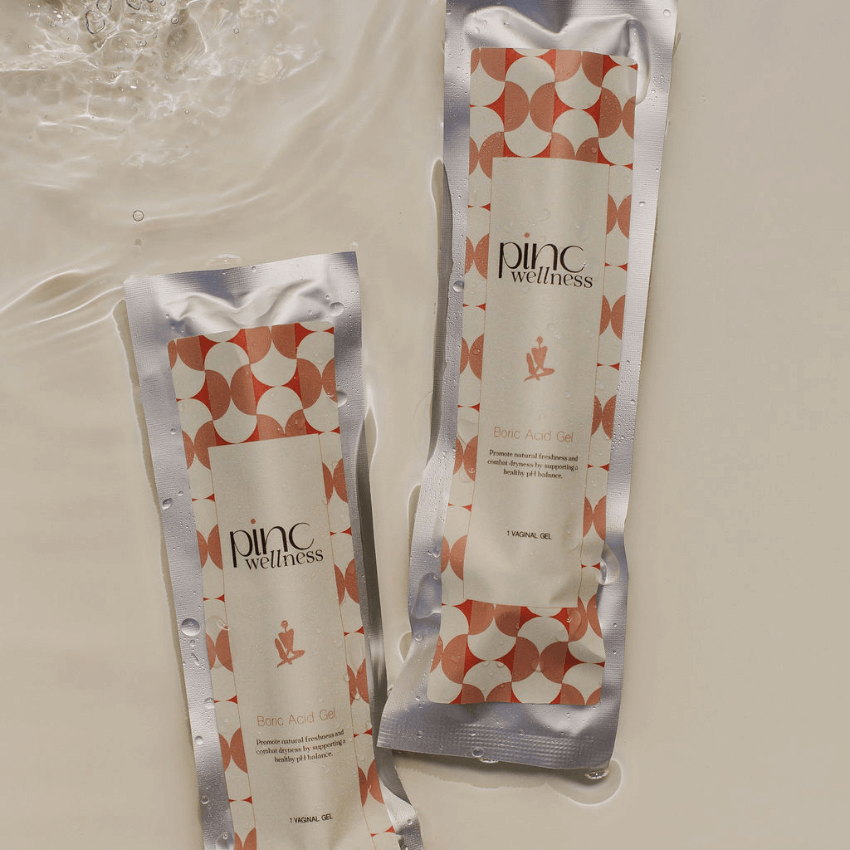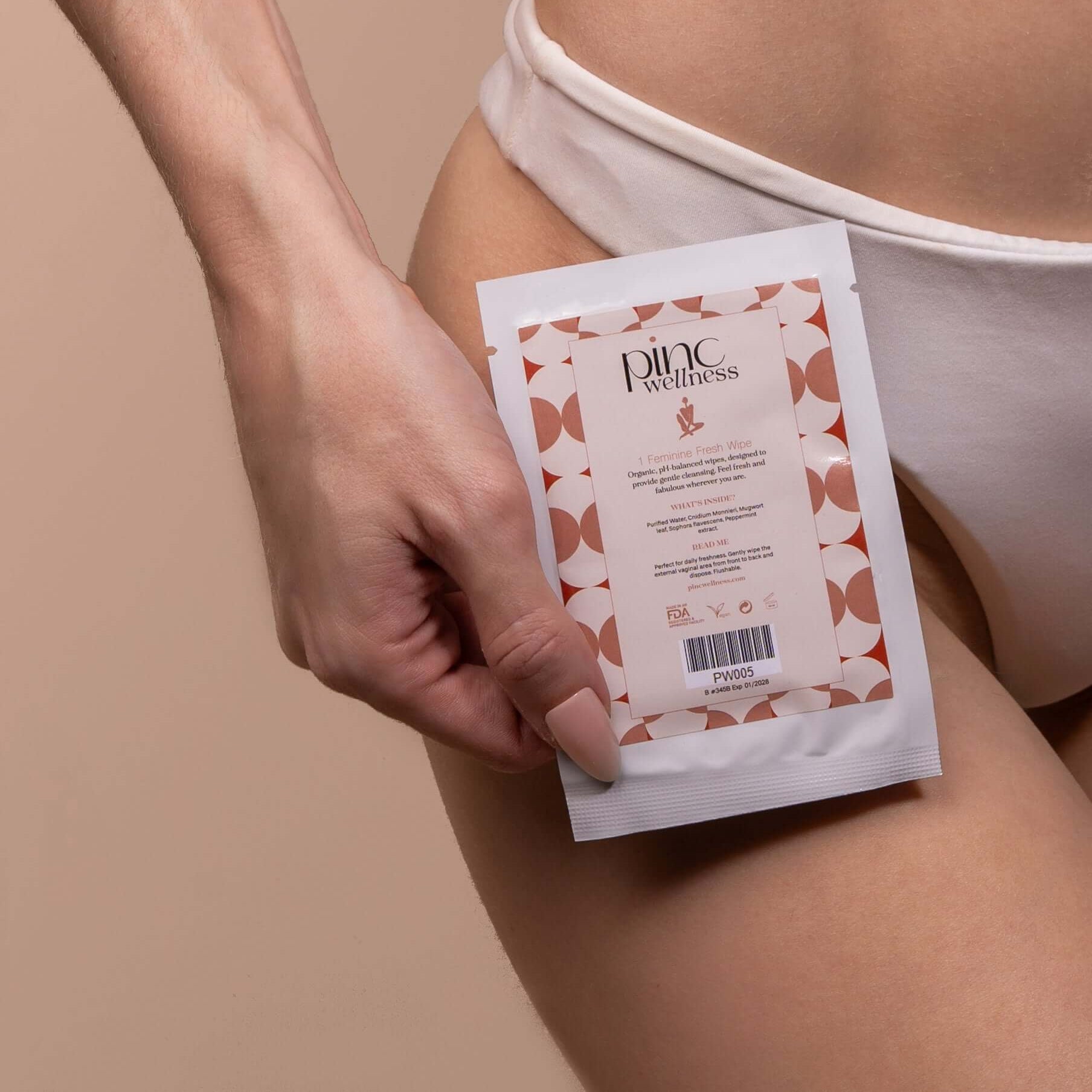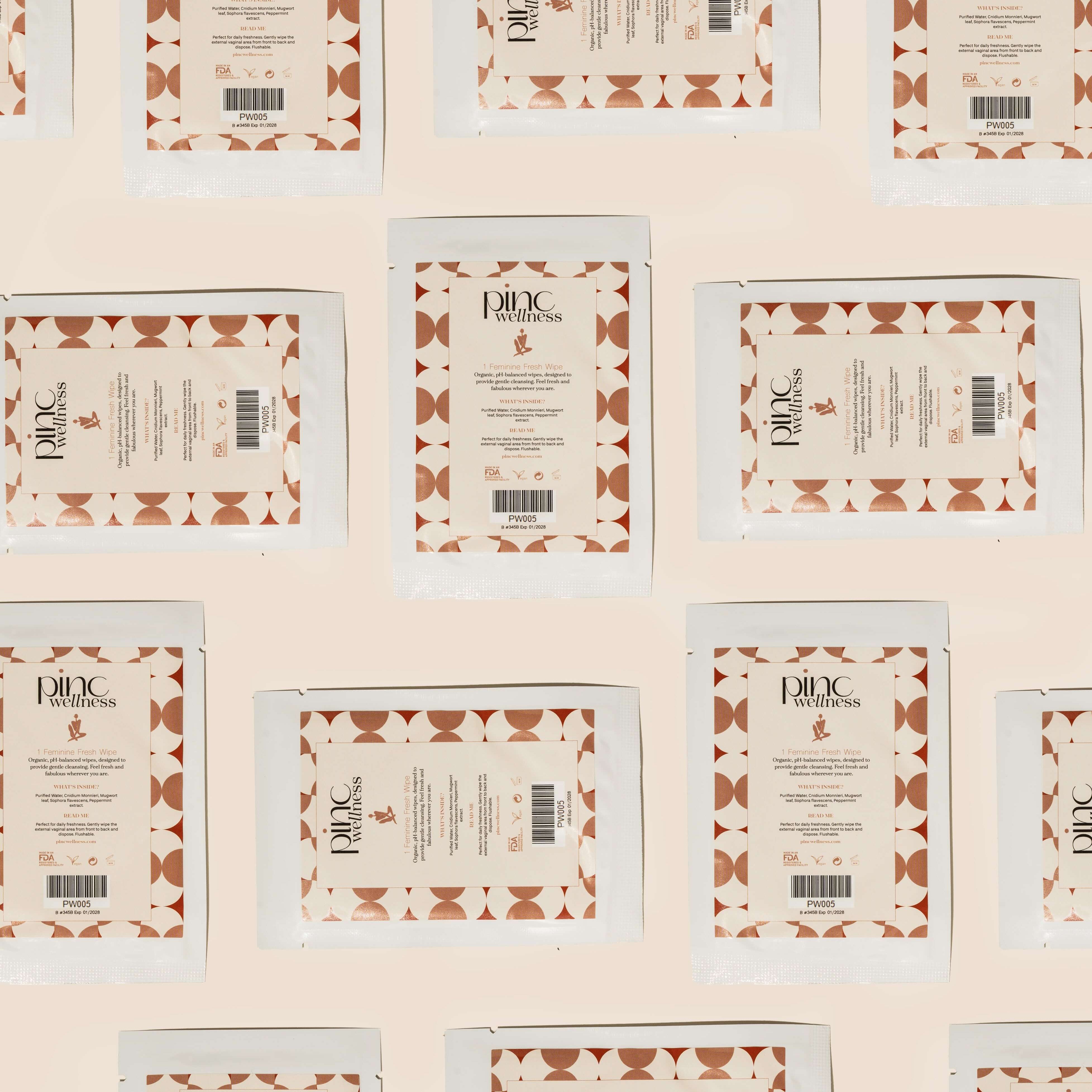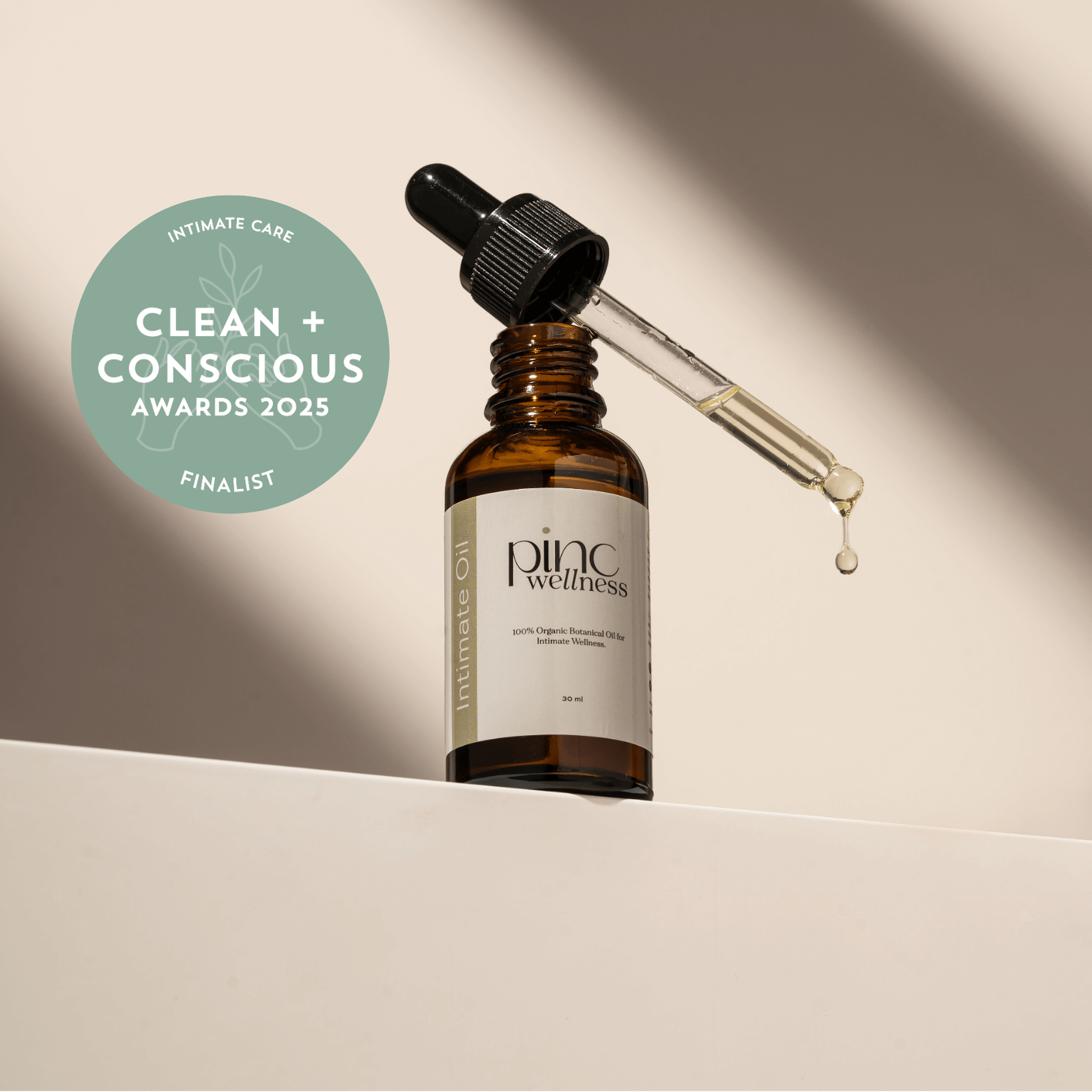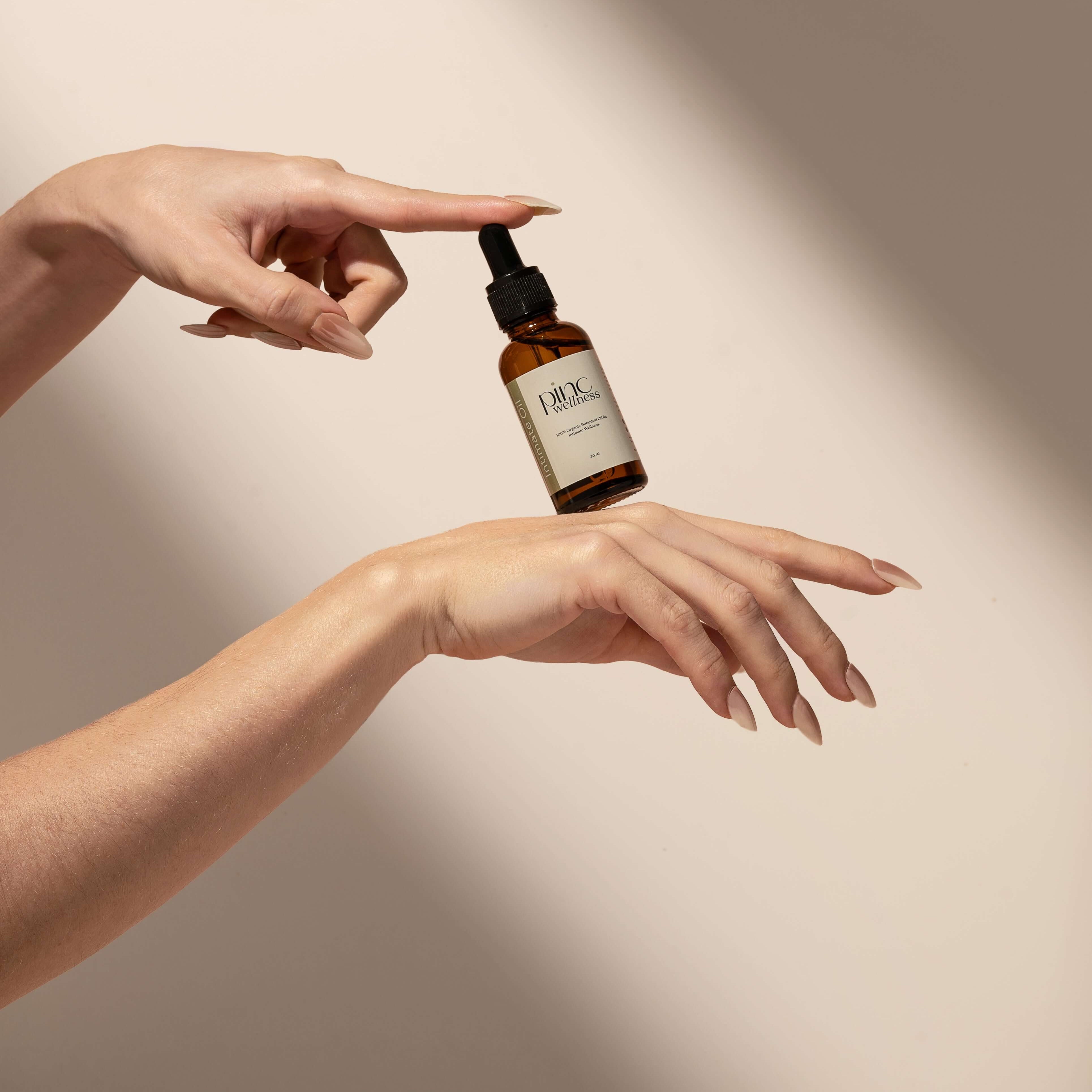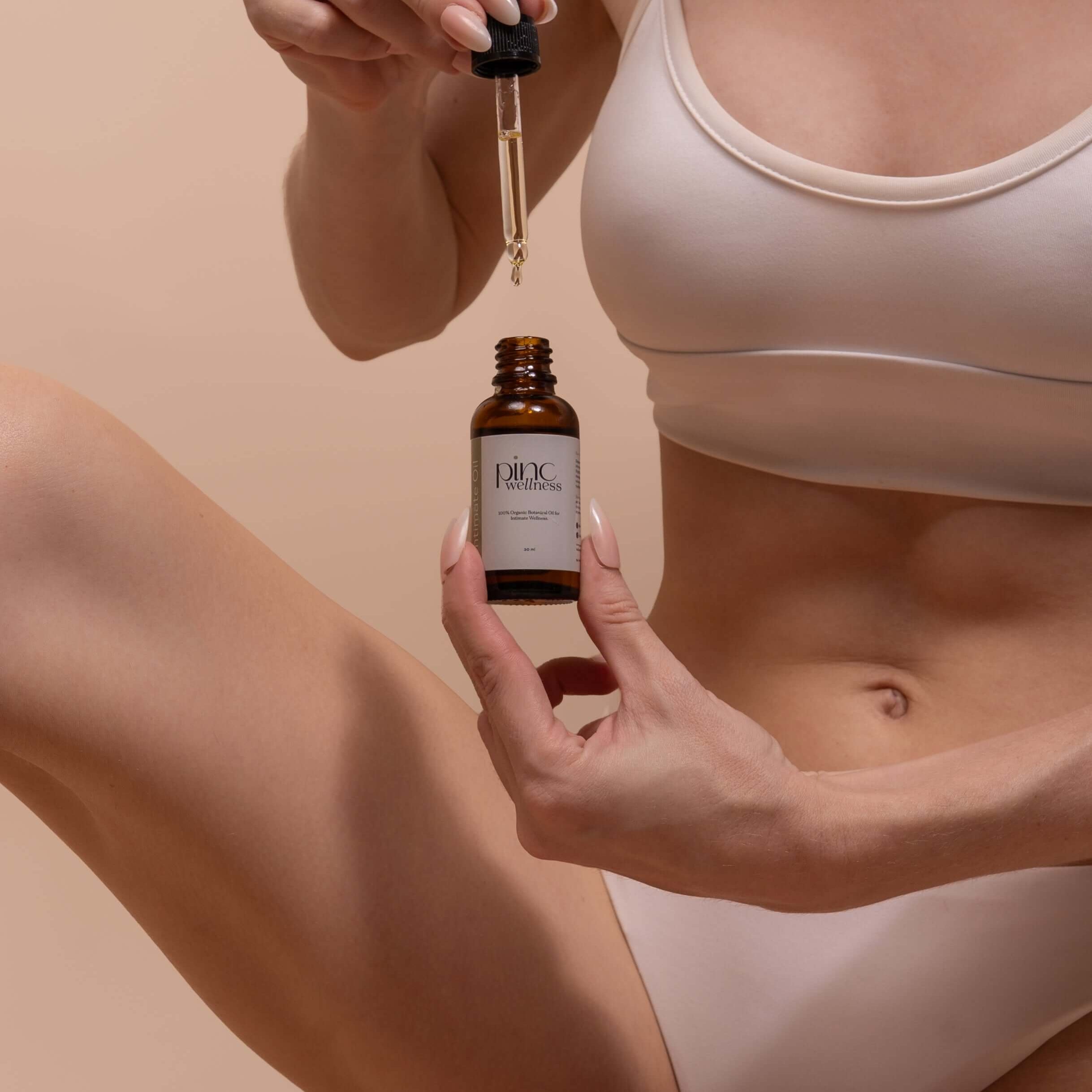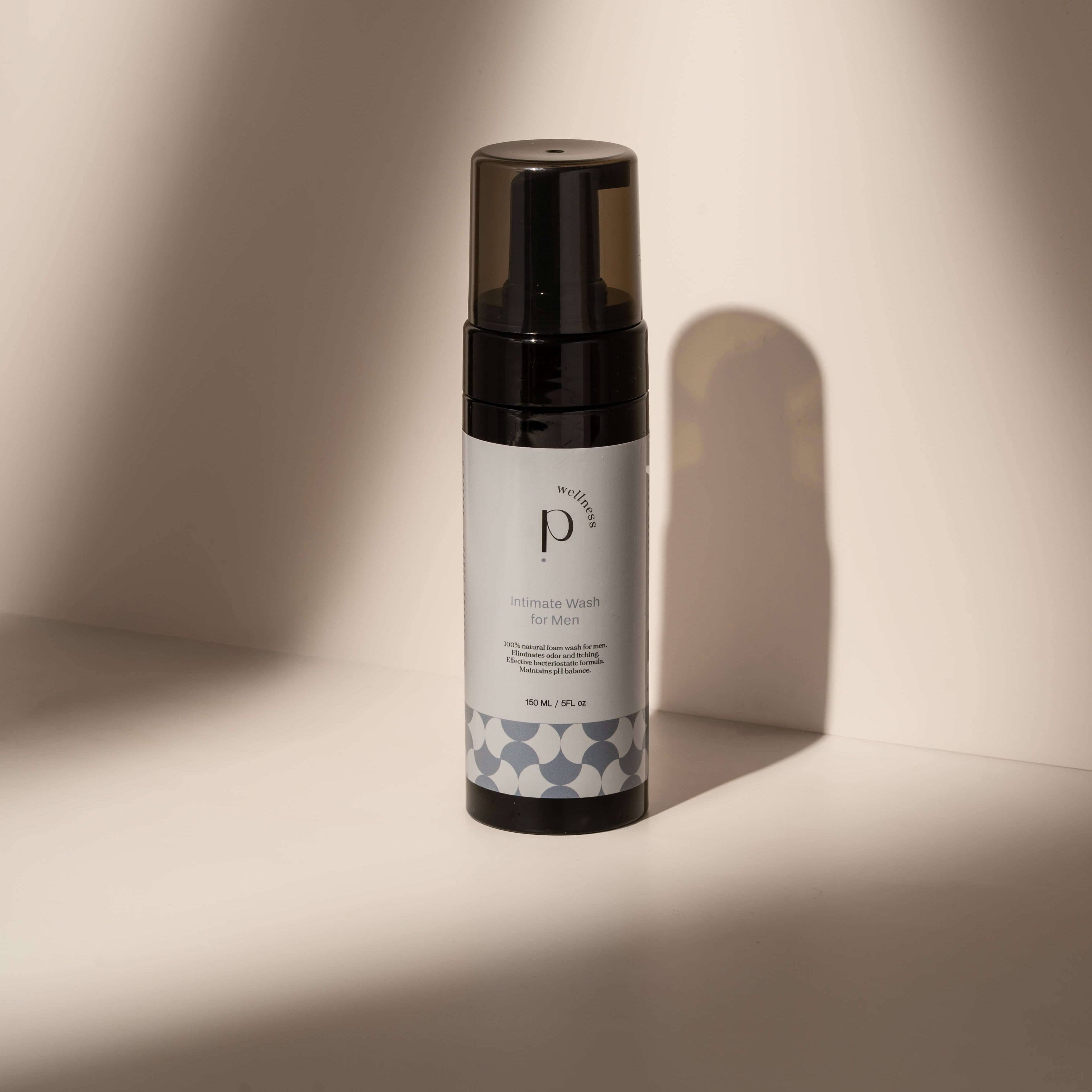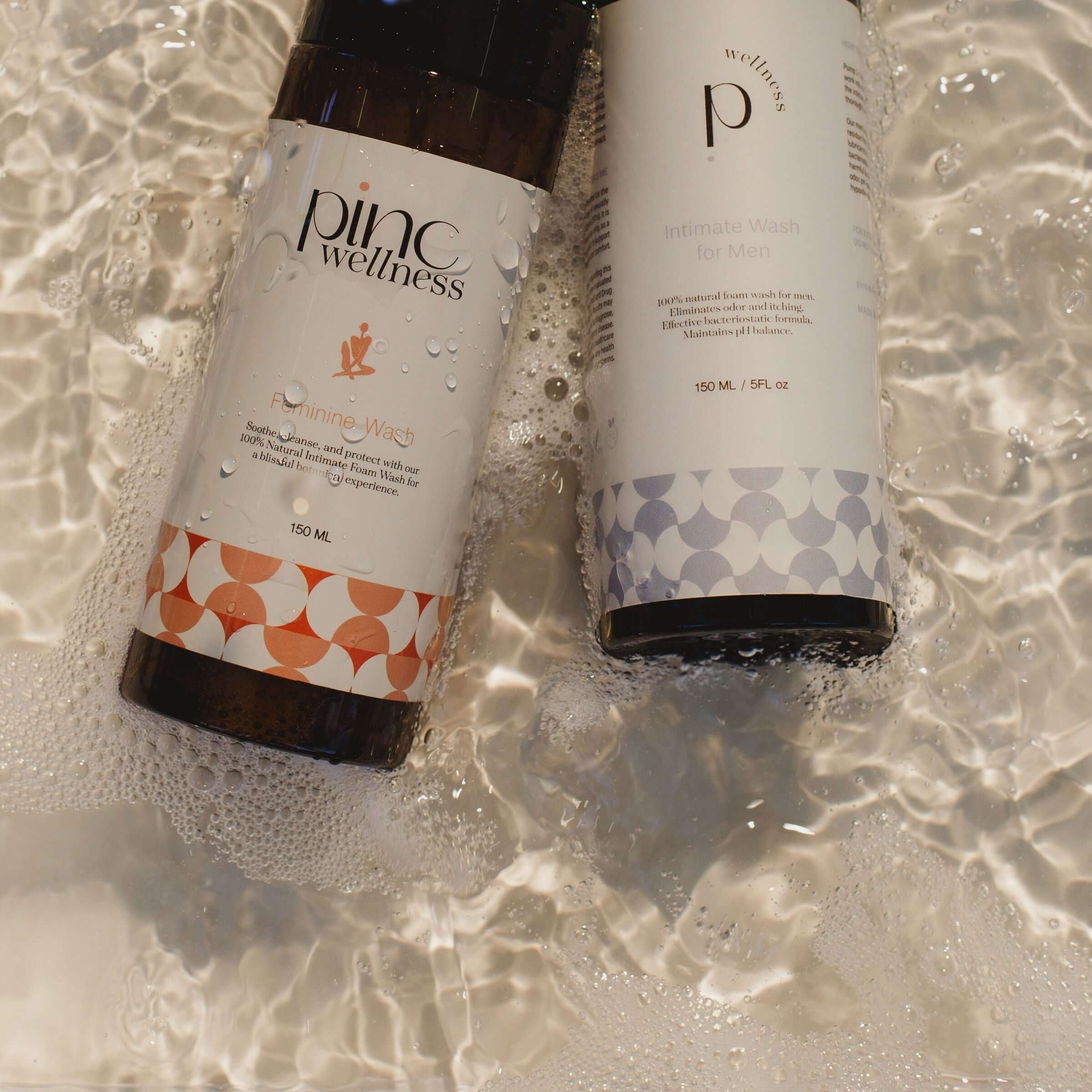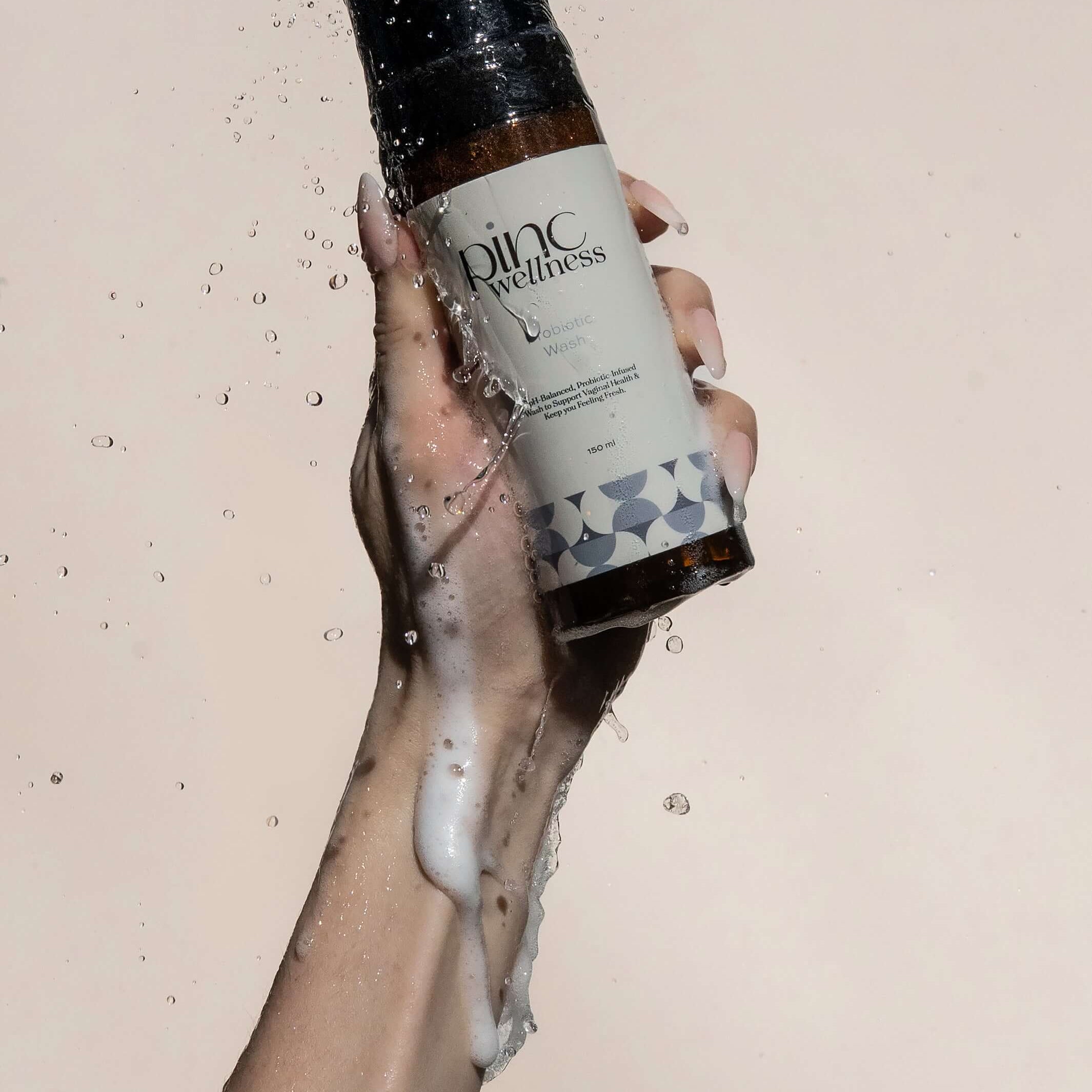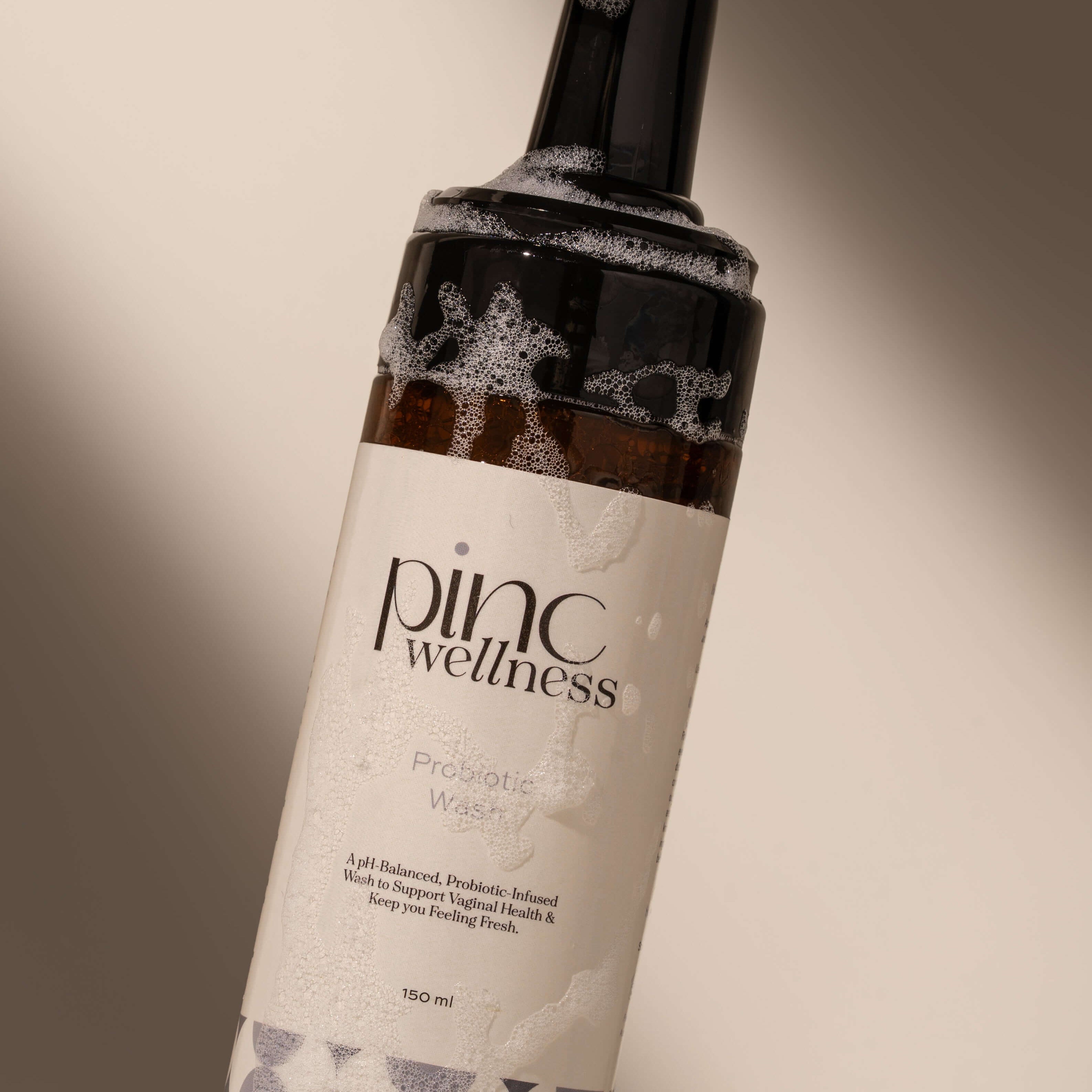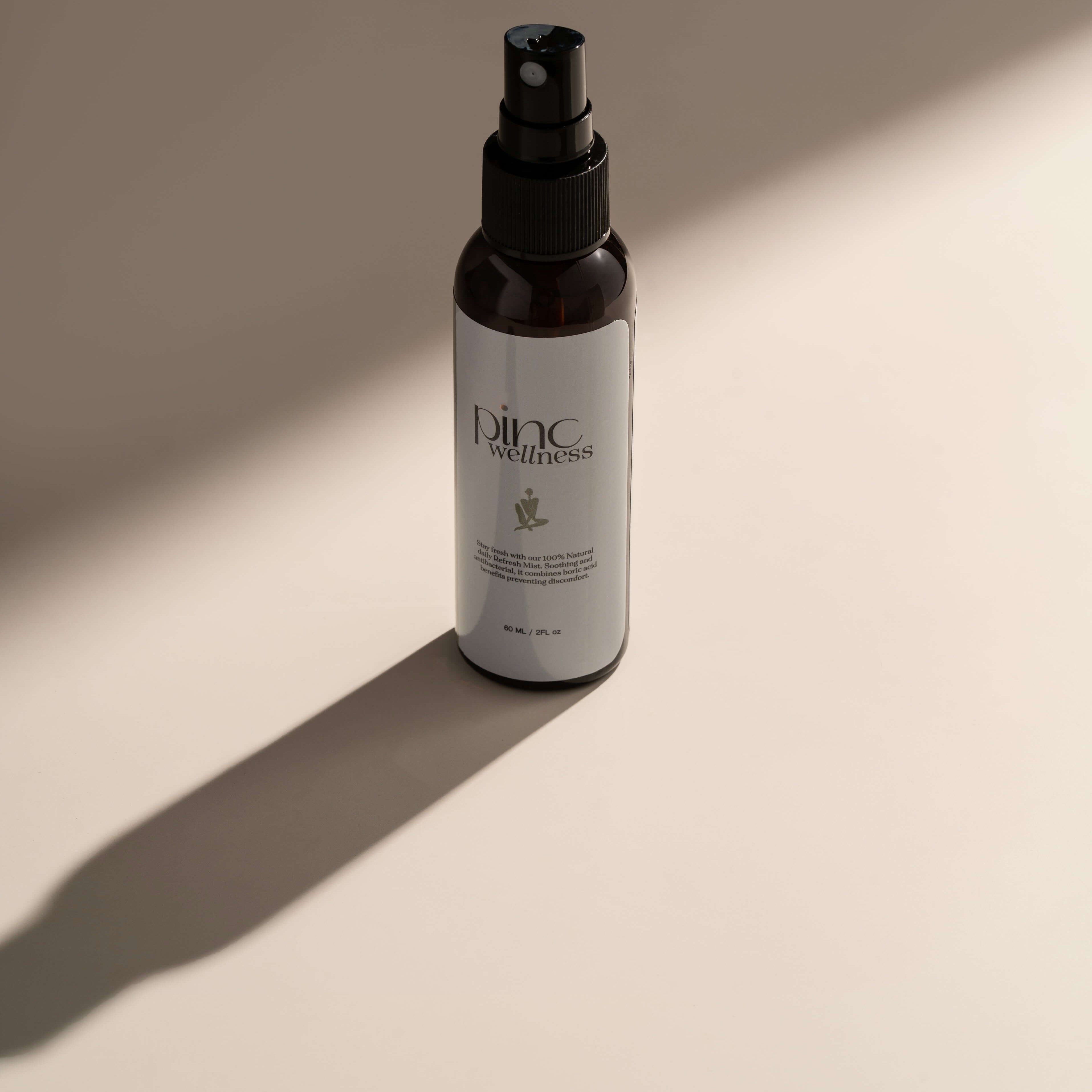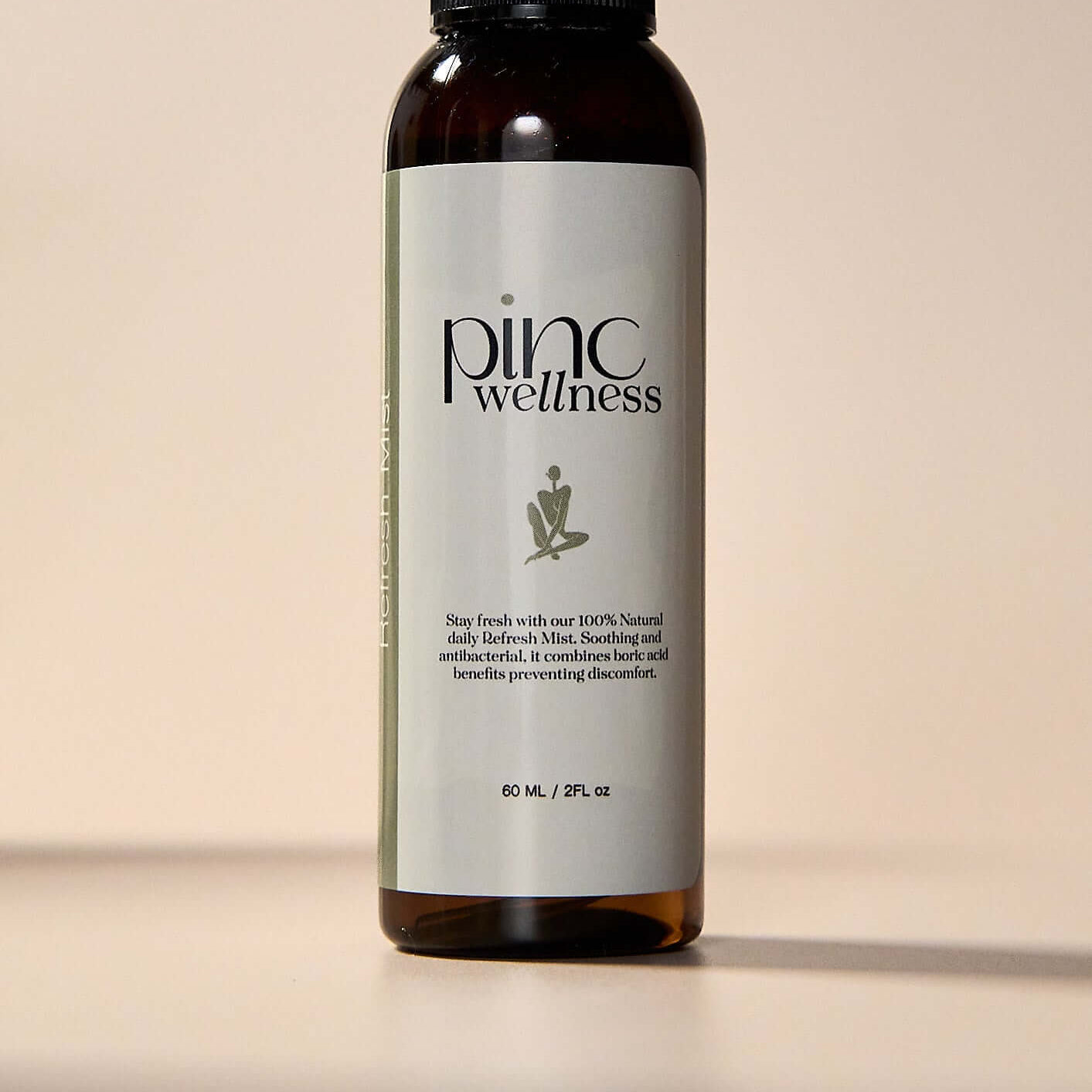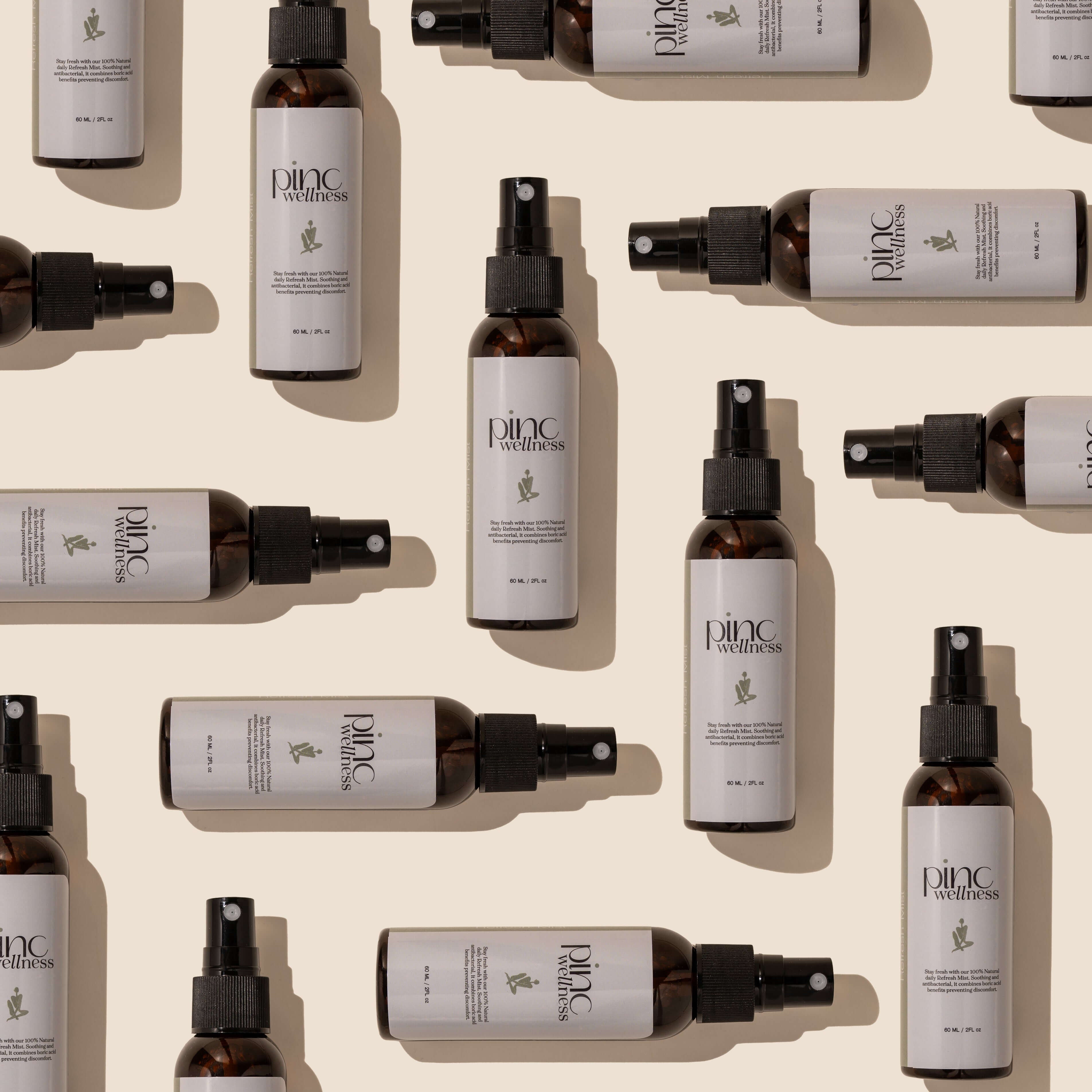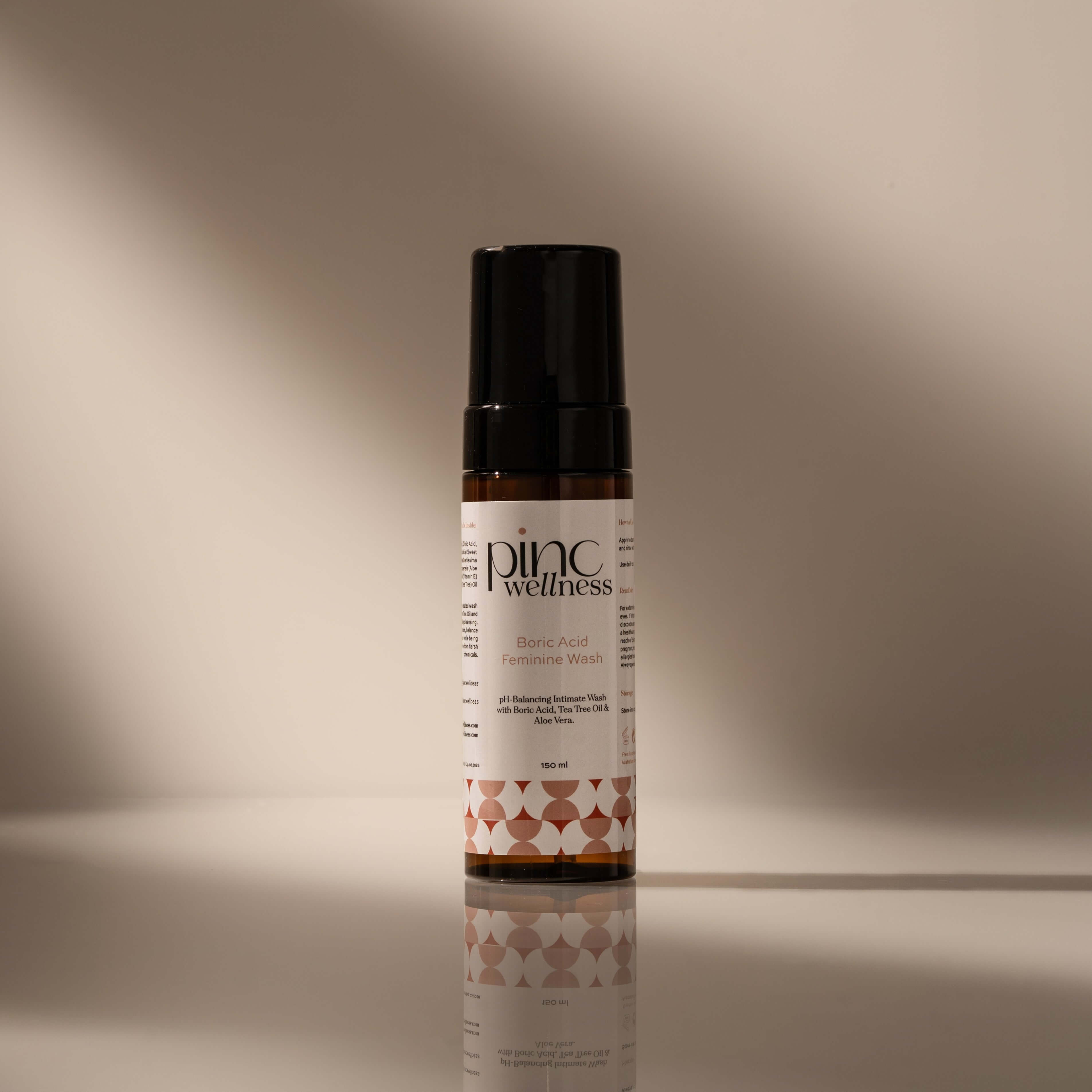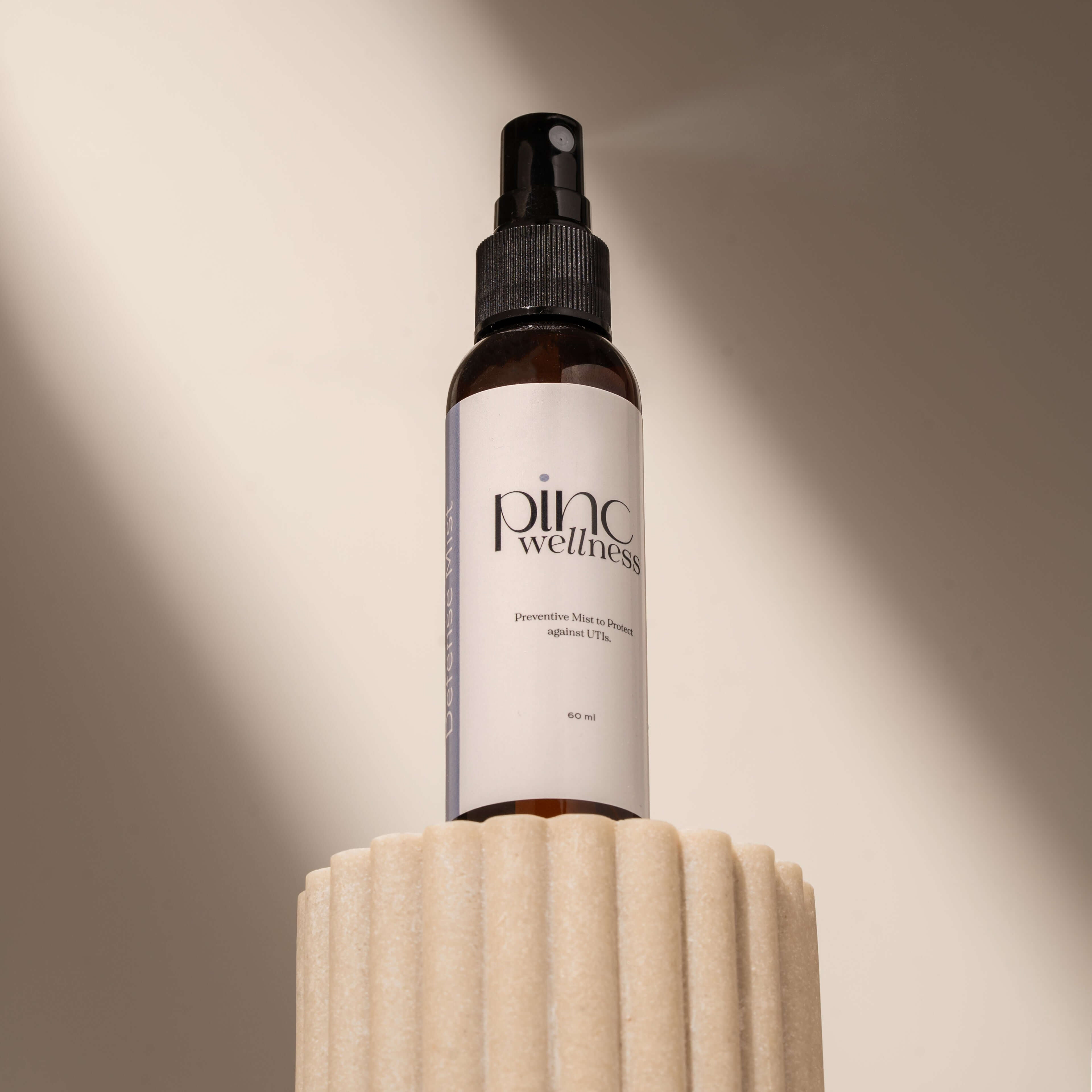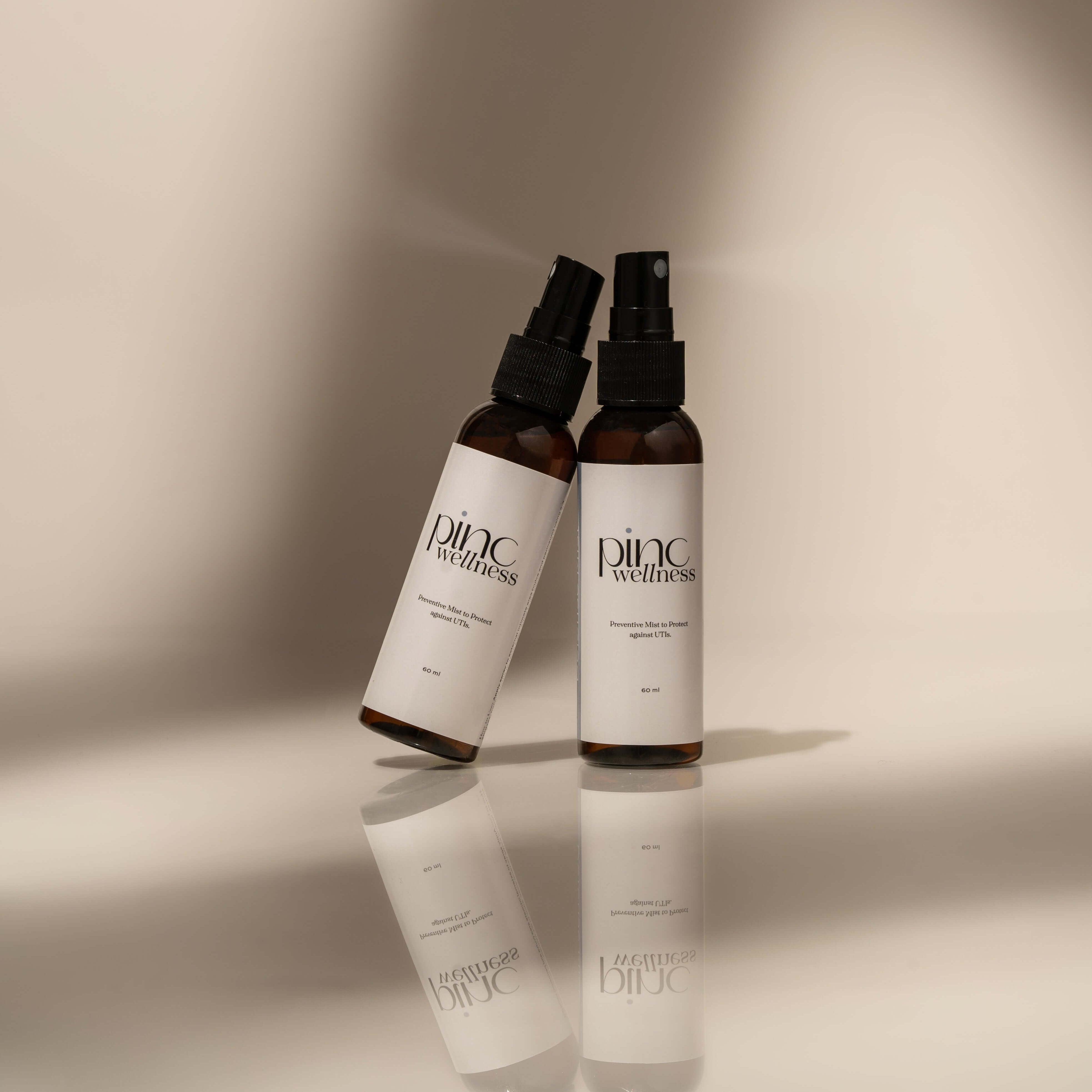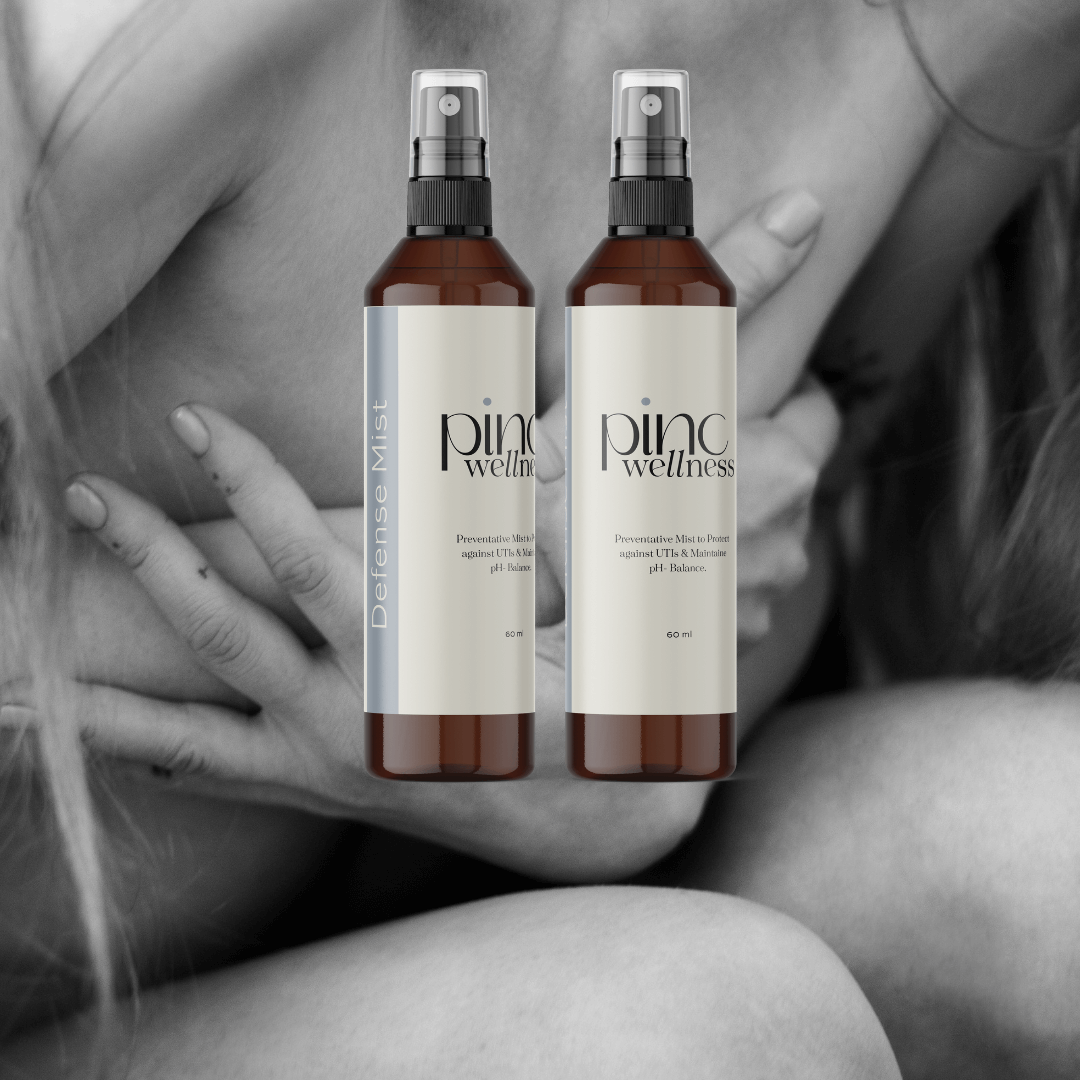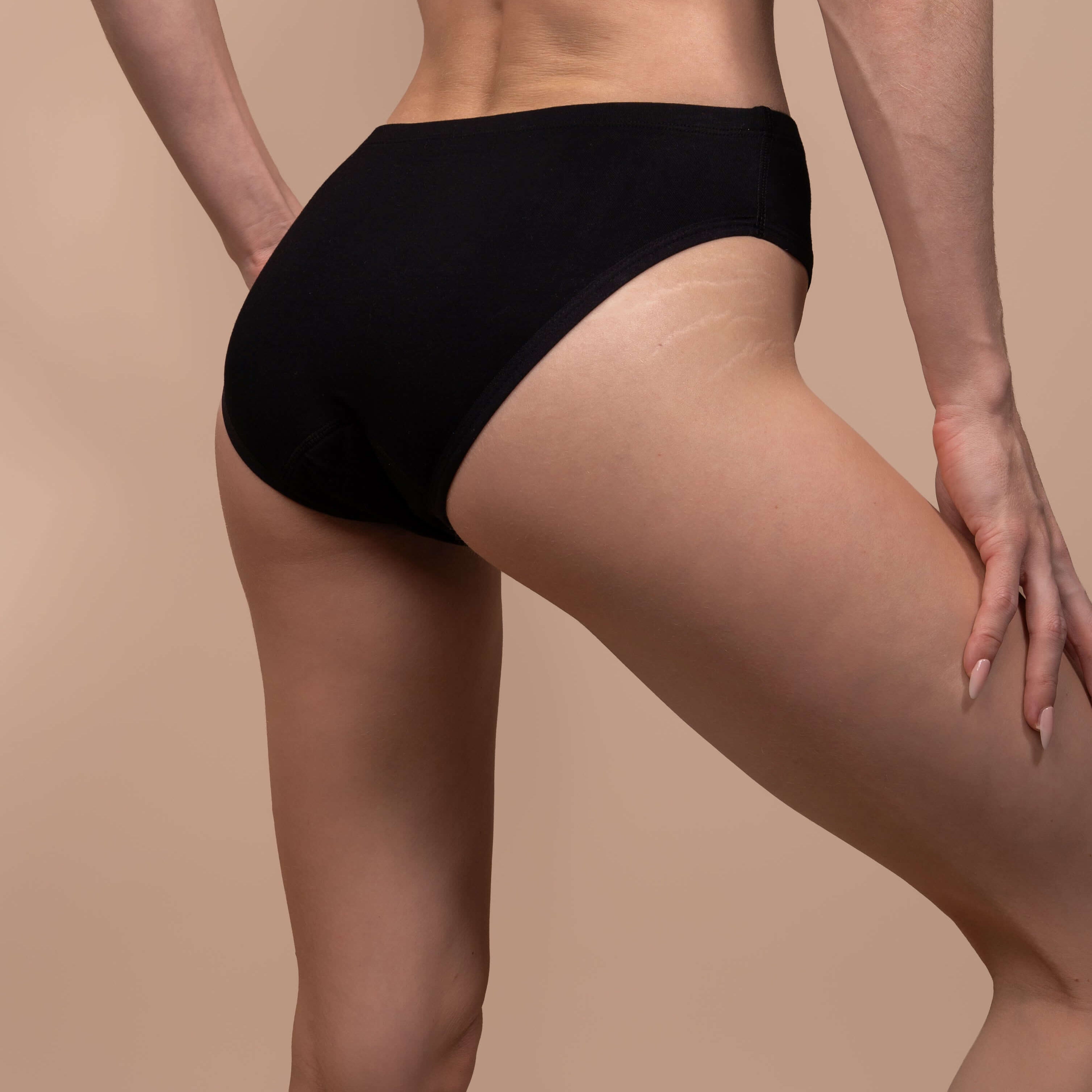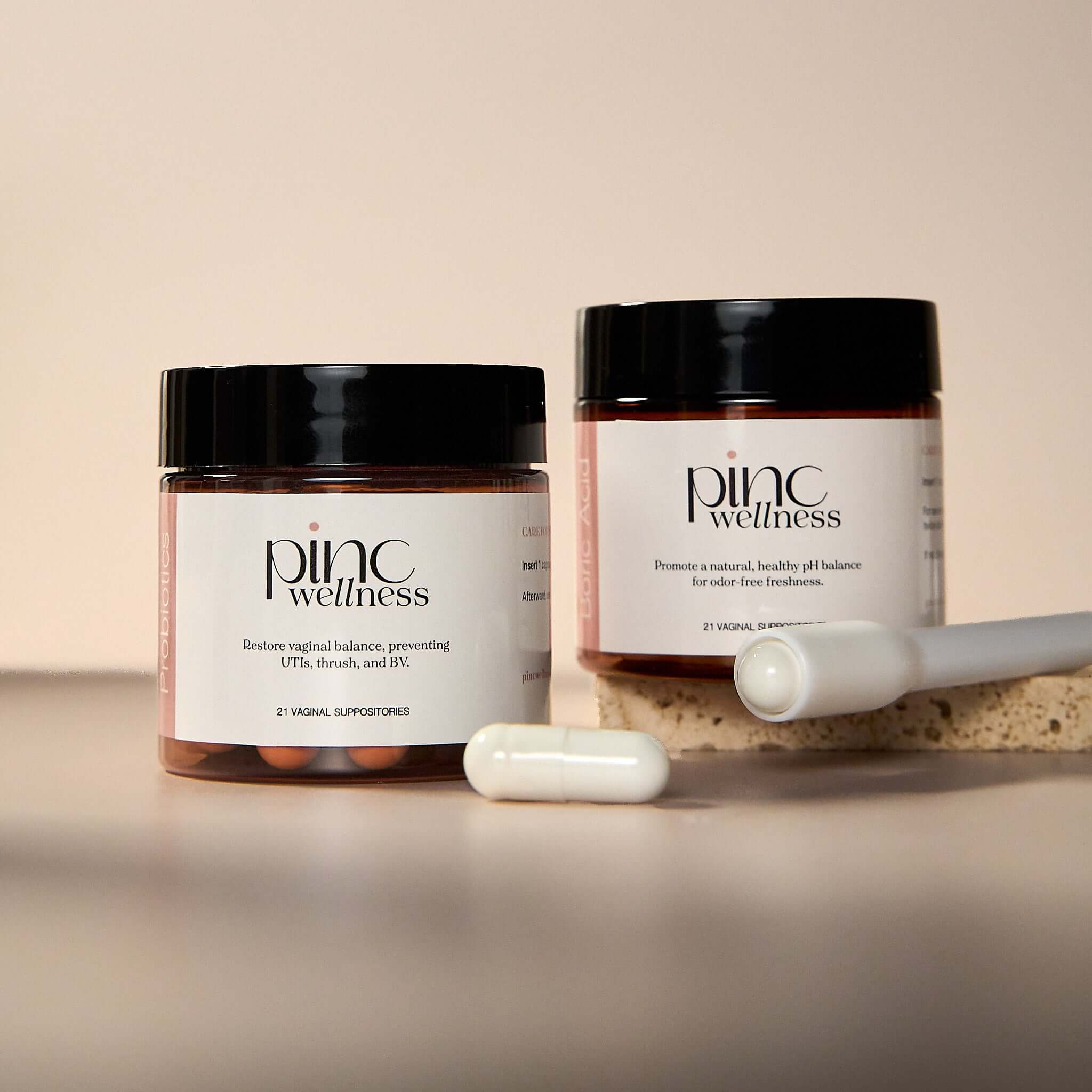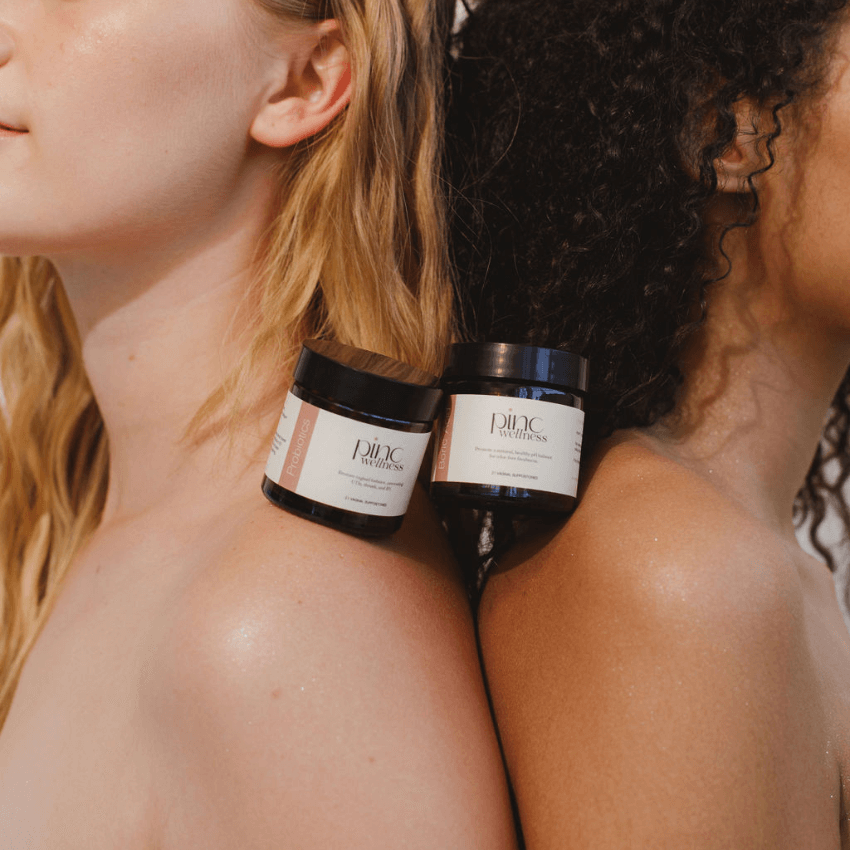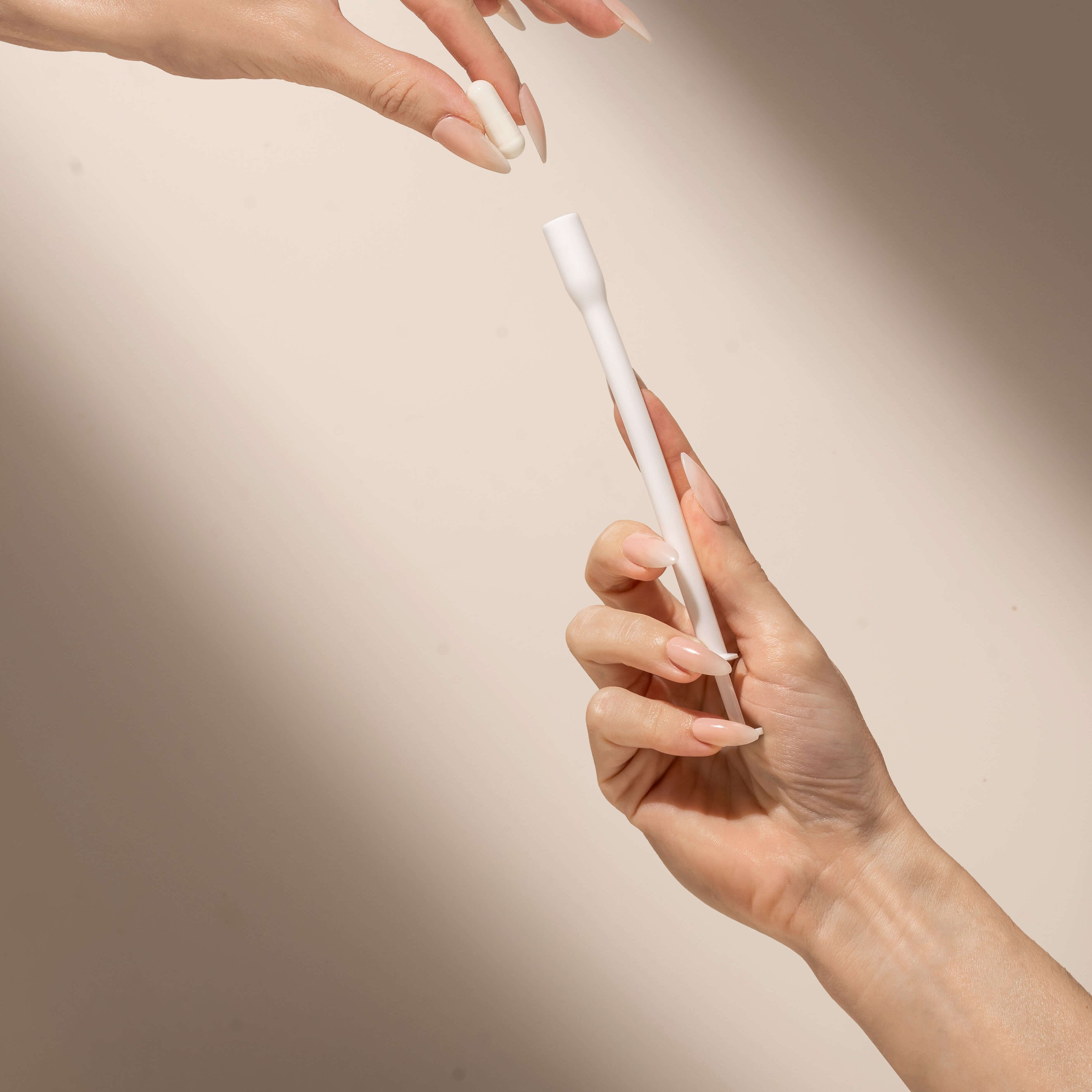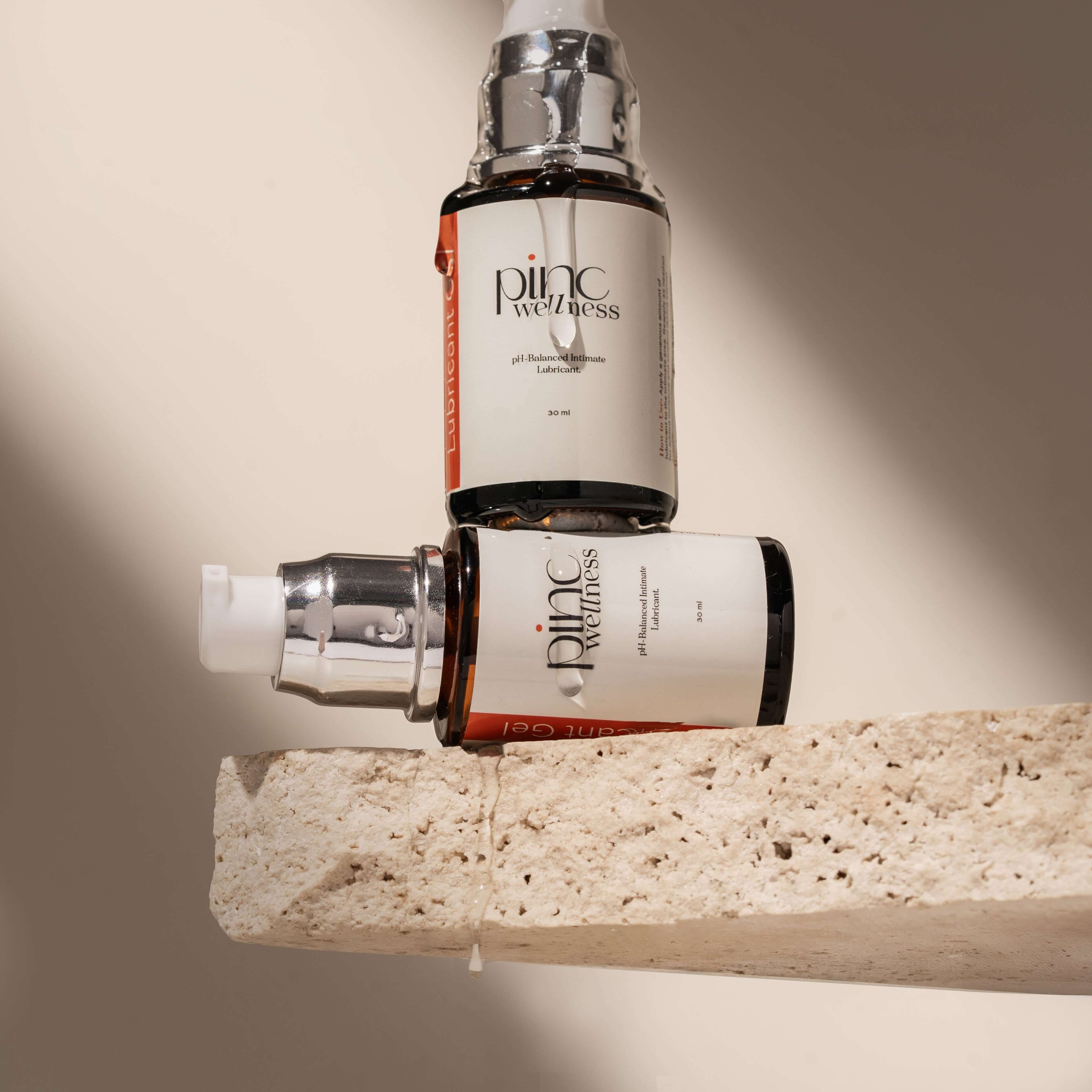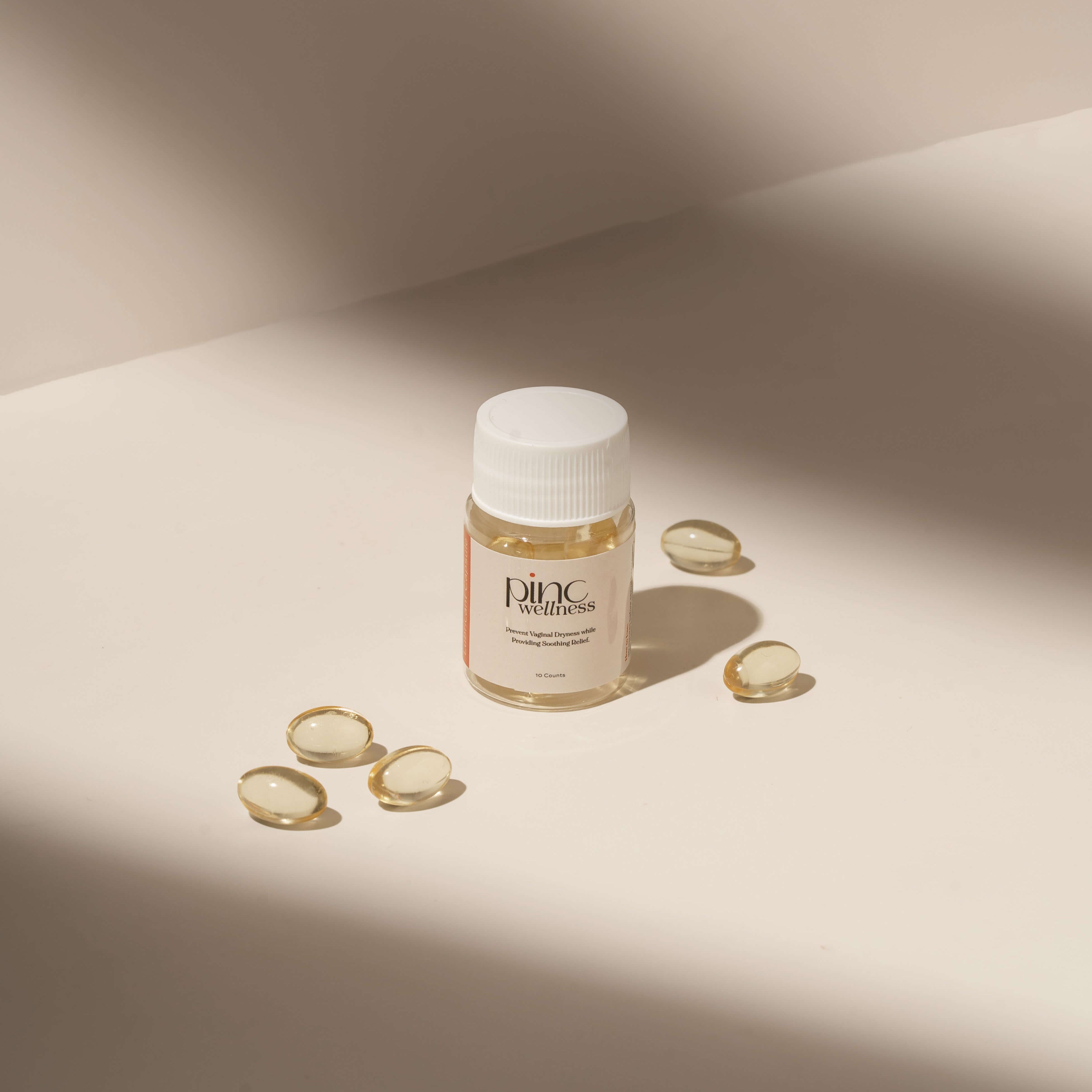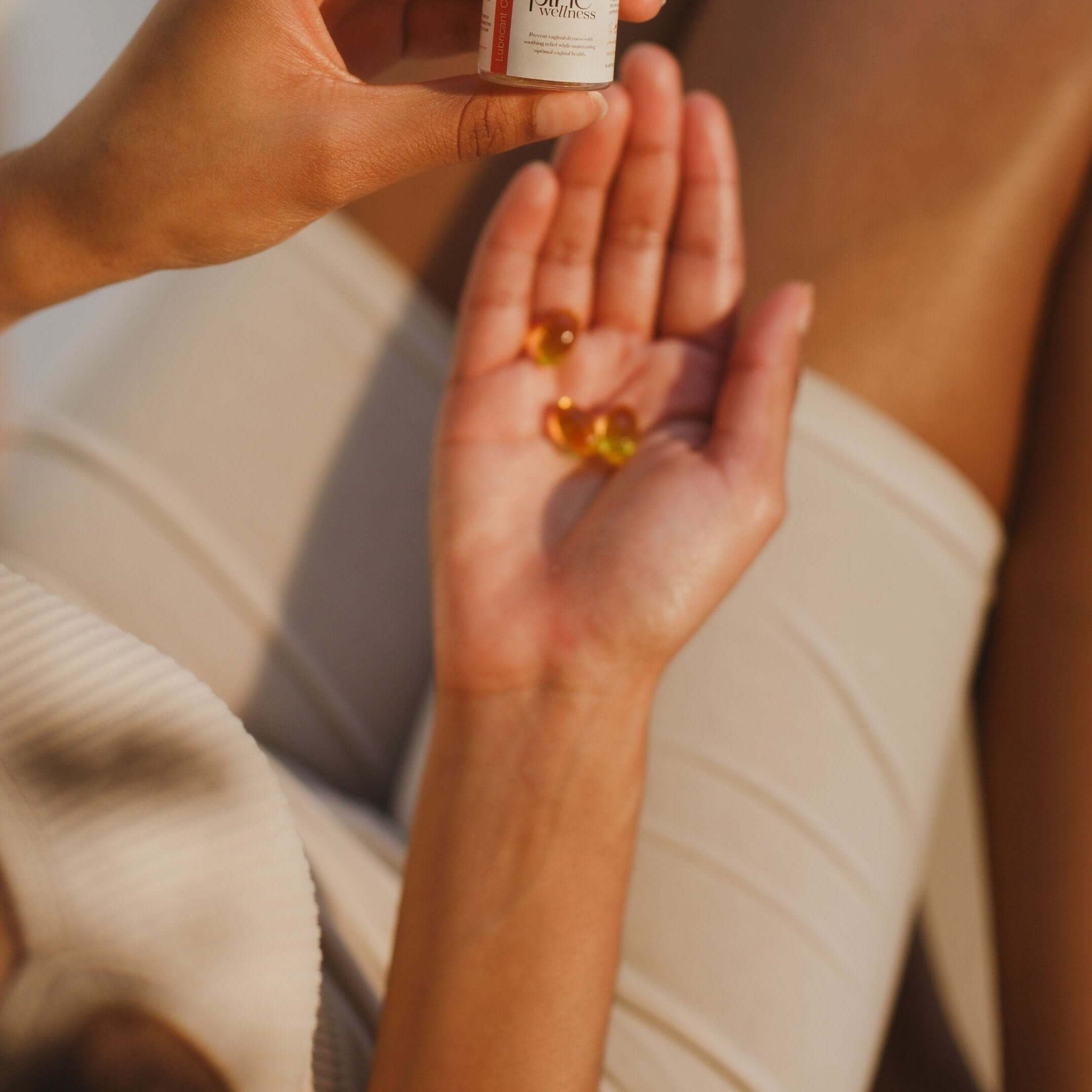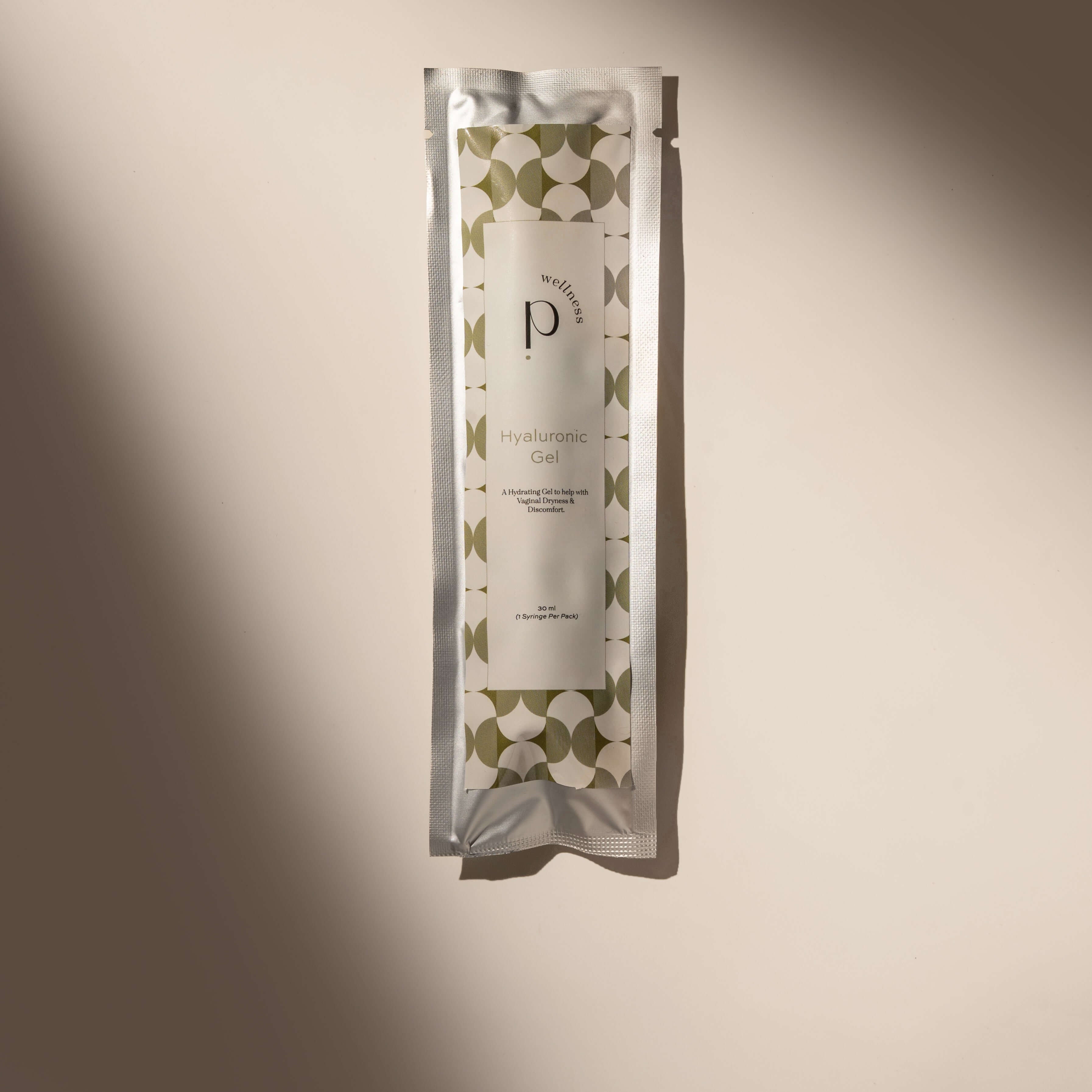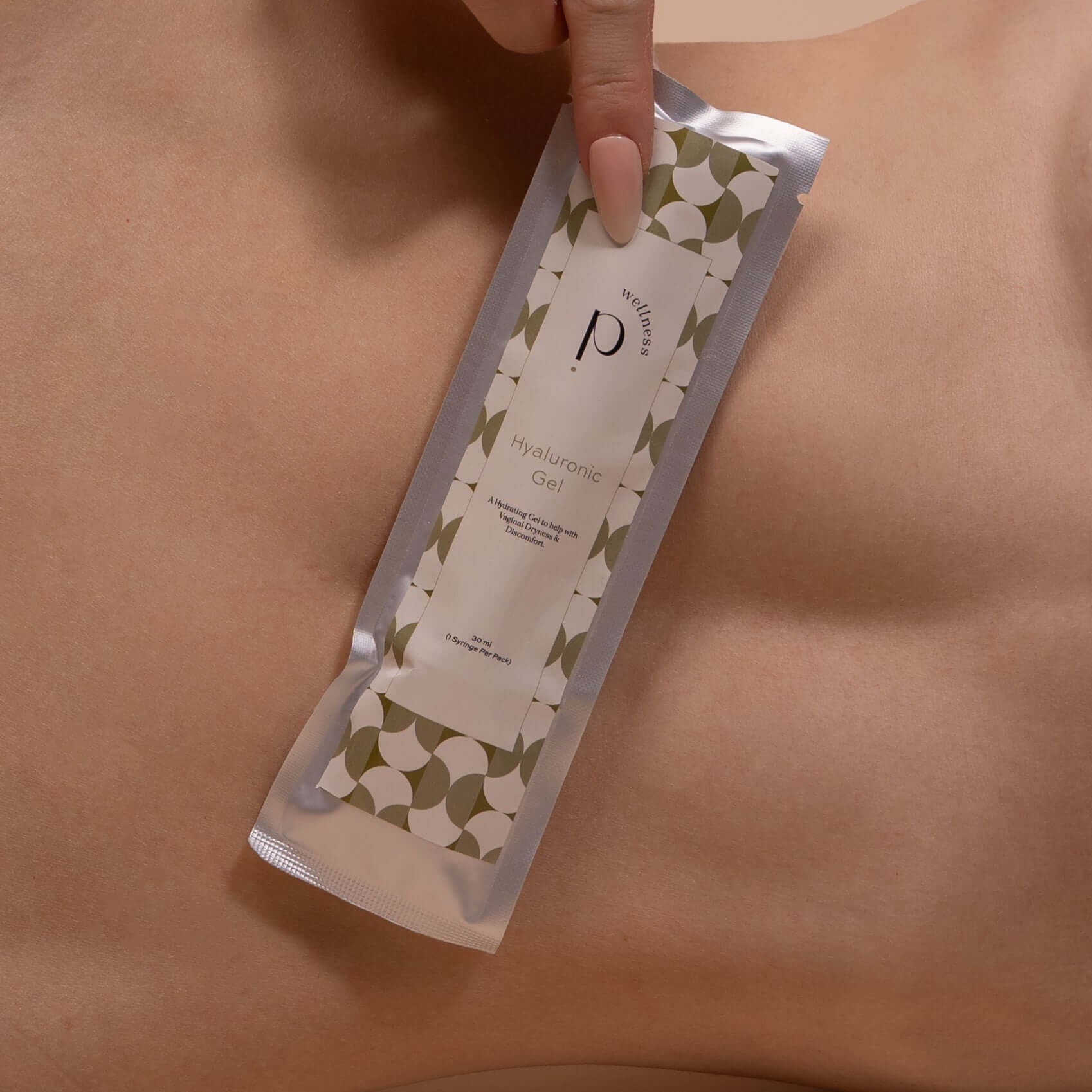Introduction
If you’ve ever been frustrated by the endless cycle of vaginal discharge, uncomfortable itching, odd odors, or burning sensations only to have symptoms return soon after treatment you’re in the company of millions. Thrush (yeast infection) and bacterial vaginosis (BV) are often mistaken for one another, misunderstood by healthcare professionals, and shrouded in cultural shame. Yet, what if the real solution isn’t about “curing” yourself but learning how to maintain your vaginal pH and microbiome just as you would care for any other part of your body? As a subject matter expert and women’s wellness advocate, I want to demystify recurring thrush and BV, and show you how knowledge, pH balance, and gentle support can break the cycle in a shame-free way.
Thrush vs BV: Symptoms, Science, and Why It Matters
Thrush (Vaginal Candidiasis)
-
Caused by an overgrowth of Candida yeast, especially Candida albicans
-
Symptoms: Thick, white “cottage cheese” discharge, itching, burning, redness, swelling, discomfort with urination or sex
-
Discharge: Often odorless or only very mild scent
-
pH: Usually normal (≤4.5)
-
Key fact: Burning and intense itching are classic signs; antibiotics and hormonal changes increase risk
Bacterial Vaginosis (BV)
-
Caused by loss of healthy lactobacilli and overgrowth of anaerobic bacteria (Gardnerella vaginalis and others)
-
Symptoms: Thin, watery gray or white discharge, strong “fishy” odor, sometimes milder irritation
-
Discharge: Often more copious and runny than thrush
-
pH: Elevated (>4.5)
-
Key fact: Smell is often worse after intercourse or during menses; antibiotics, semen, and periods are common triggers
“I have both”: It’s possible (and common) to have symptoms of both thrush and BV at the same time, or even sub-clinical symptoms where discomfort is present but tests are negative. This highlights the importance of treating the pH and microbiome, not just chasing diagnoses.
Why Do These Conditions Keep Coming Back? The pH Perspective
Many women internalize shame, guilt, or confusion when they experience frequent vaginal symptoms. The truth: recurrence is about biology and pH, not self-neglect.
Common triggers that disrupt pH and tip the microbiome out of balance:
-
Menstruation: Period blood is alkaline and raises vaginal pH each month making it easier for bacteria or yeast to overgrow.
-
Semen: Like period blood, it’s alkaline; sexual intercourse alters pH, even with a monogamous partner.
-
Antibiotics: While fighting infections elsewhere, they wipe out protective lactobacilli in the vagina, enabling opportunistic yeasts and bacteria to thrive.
-
Hormonal shifts: Pregnancy, menopause, contraceptive changes, and stress can all decrease natural defenses.
-
Hygiene choices: Perfumed soaps, scented wipes, douching, and tight, non-breathable clothing increase irritation and unbalance the ecosystem.
-
Lifestyle: Sweaty workouts, nylon underwear, dehydration, and dietary changes all affect your body’s terrain.
-
Medical events: Immune suppression, chronic illnesses, and diabetes heighten risk for both BV and thrush.
Every woman’s “pH setpoint” is unique. Some need proactive care, much like some wash their hair or brush their teeth more frequently. This isn’t a flaw it’s just your biology.
Bacterial vs Yeast Symptoms: Know the Subtle Differences
Thrush:
-
Burning, itching, redness, swelling
-
Lumpy or clumpy discharge, little or no odor
-
Vulvar and vaginal soreness, especially after sex or urination
BV:
-
Watery, gray, or thin white discharge
-
Distinct fishy odor, especially after intercourse
-
Mild irritation or sometimes no discomfort at all
But there is overlap, and you can have both together or neither but still feel “off.” This is why professionals often treat empirically or with boric acid, which covers both bases by restoring pH.
Maintaining Vaginal Health = Pool or Garden Care
Think about your vaginal health the way you do your mouth, garden, or a swimming pool:
-
Mouth: Morning bad breath isn’t “failure” you brush, and it’s fixed
-
Garden: Watering, weeding, fertilizing isn’t a one-time event
-
Pool: Balanced pH keeps algae at bay; you “shock” the water and do upkeep
When women accept their vagina as a self-cleaning, dynamic ecosystem (not something to be conquered), the emotional shame of recurrence fades. It’s maintenance, not a reflection of personal worth.
Boric Acid: The Unsung Hero for Persistent Symptoms
If you find that symptoms return after every period, sexual encounter, or antibiotics, you’re not alone and you’re not failing. Boric acid suppositories offer a simple, gentle “reset” because:
-
They’re effective for both BV and thrush particularly when traditional antifungals or antibiotics fail
-
They restore healthy vaginal pH (mildly acidic) overnight
-
They prevent biofilms and disrupt the cycle of recurring infection
-
You don’t have to agonize over which infection you have, as boric acid addresses both if accompanied by safe, pH-balanced daily care
Regular use (after periods, sex, or antibiotics) can be as routine as flossing or shampooing for naturally higher-risk women.
When to Ask for More: Persistent or Non-Responsive Symptoms
If cycles of boric acid, pH balancing, and gentle hygiene don’t bring lasting relief, deeper investigation is essential:
-
Other infections: Mycoplasma, Ureaplasma, trichomoniasis, or rarely STI-related issues won’t respond to standard care request full PCR swabs from your provider.
-
Dermatologic/inflammatory conditions: Lichen sclerosus, eczema, or hormonal atrophy can mimic infection.
-
Autoimmune/hormonal: Menopause or diabetes greatly alter vaginal ecology; topical estrogen, moisture, and hormone support may be needed.
Symptom tracking is invaluable here document when and how symptoms appear for targeted diagnosis and care.
Prevention and Management A Shame-Free Routine
-
Daily maintenance: Use only fragrance-free, pH-balanced washes. Avoid douching, heavily scented products, or harsh soaps.
-
Wear breathable clothing: Choose cotton, change out of wet layers promptly.
-
Keep vaginal area hydrated: Use gentle moisturizers or vaginal-specific product lines (like Pinc Wellness’s) supportive of the ecosystem.
-
Boost the microbiome: Probiotic suppositories or oral supplements can help restore healthy flora.
-
Be pH proactive: Use boric acid “as needed” especially after triggers like menstruation or sex.
Pinc Wellness offers education, proven products, and community support, ensuring you’re never left to guess or face shame and confusion alone.
Final Thoughts: Replace Guilt with Knowledge, Replace Shame with Agency
The notion that recurring symptoms are a mark of personal failure, poor hygiene, or promiscuity is outdated and unsupported by science. Your vagina is a living, adaptive ecosystem, and its needs will shift throughout your life.
By learning how pH, daily triggers, and your unique biology intersect, you gain agency. Use tools like boric acid as you would floss, shampoo, or mouthwash: regularly, compassionately, with confidence and no guilt attached.
No “cure” is permanent but ongoing, empowered care can keep you comfortable, confident, and thriving. Don’t settle for guesswork claim your power with every step of gentle, informed support.
At Pinc Wellness, we’re with you for every phase and cycle. Your comfort is normal, your needs deserve respect, and the stigma ends here.

